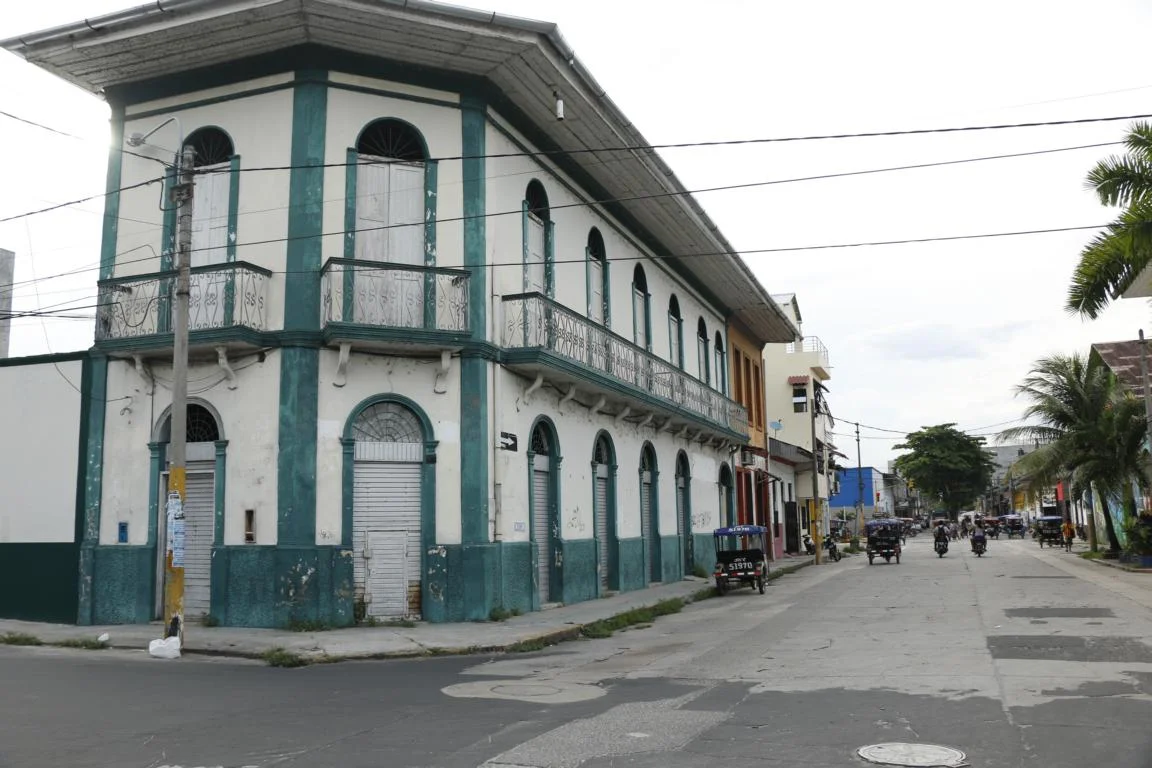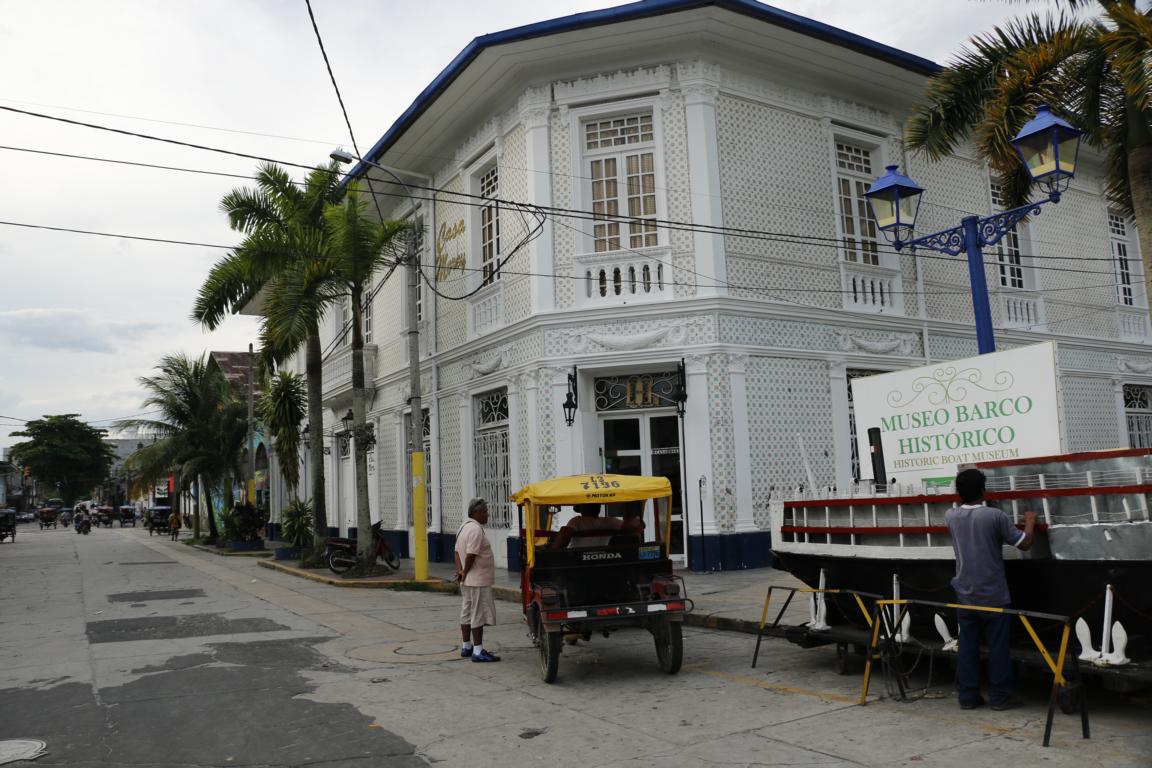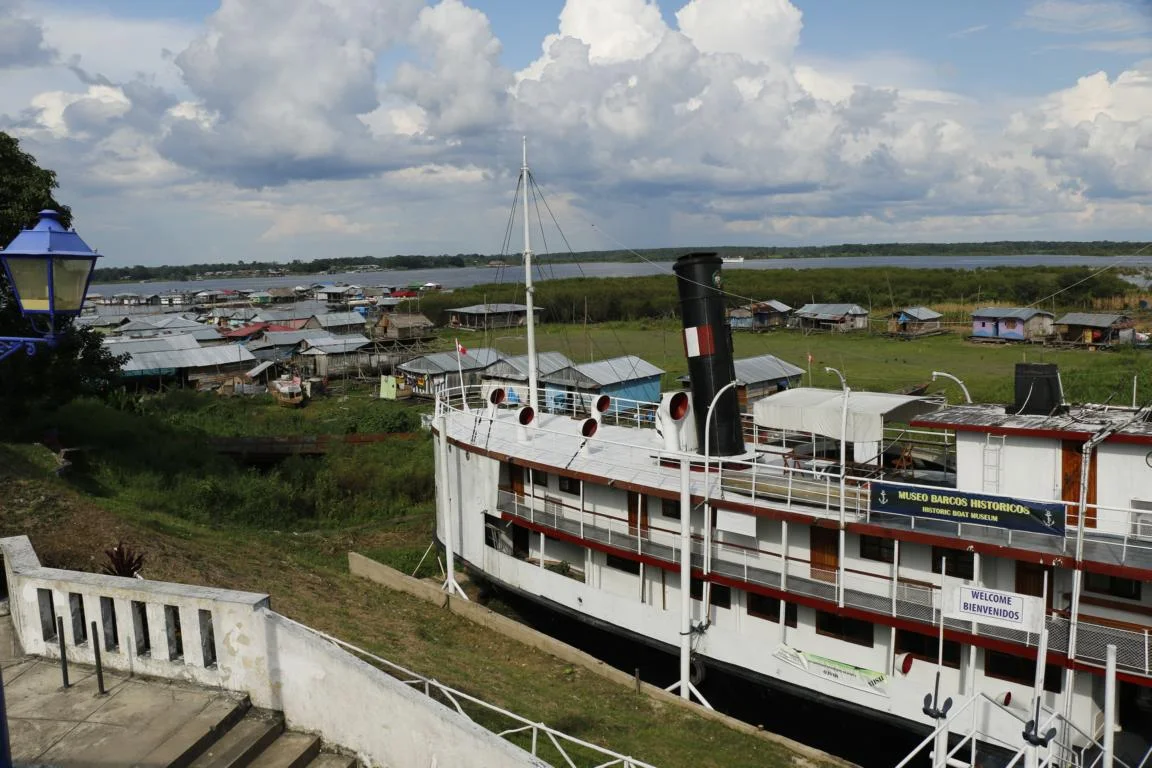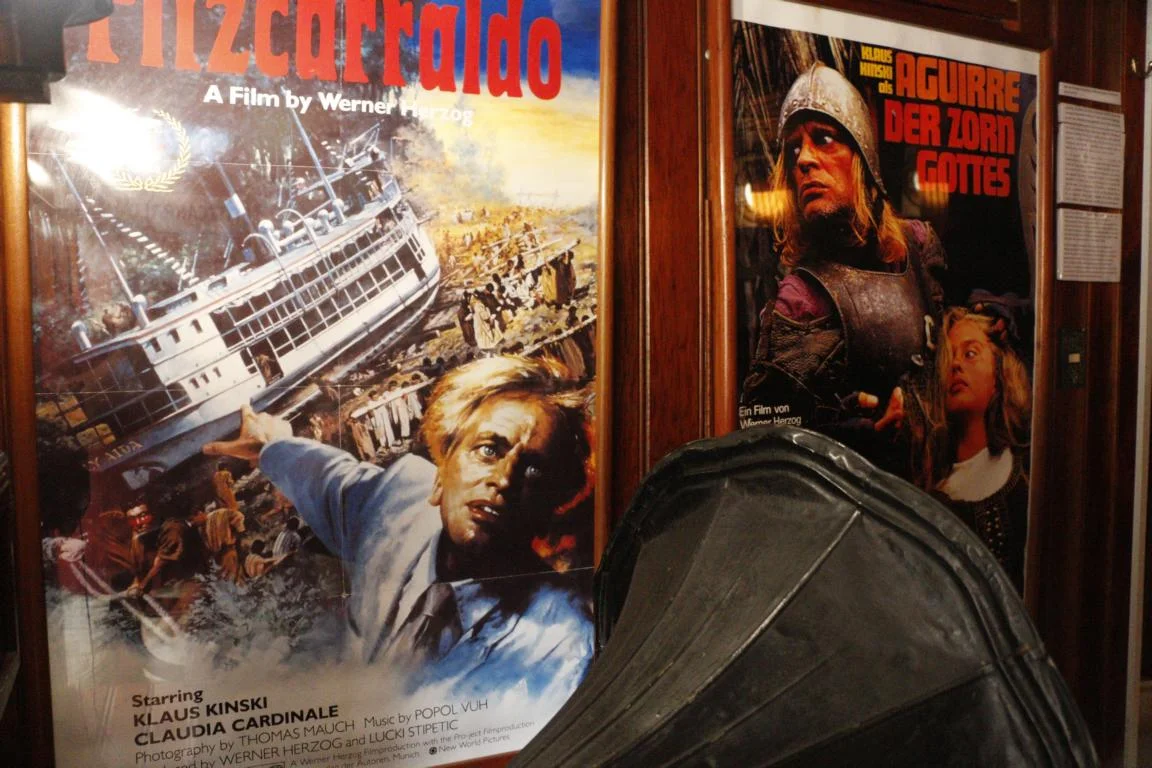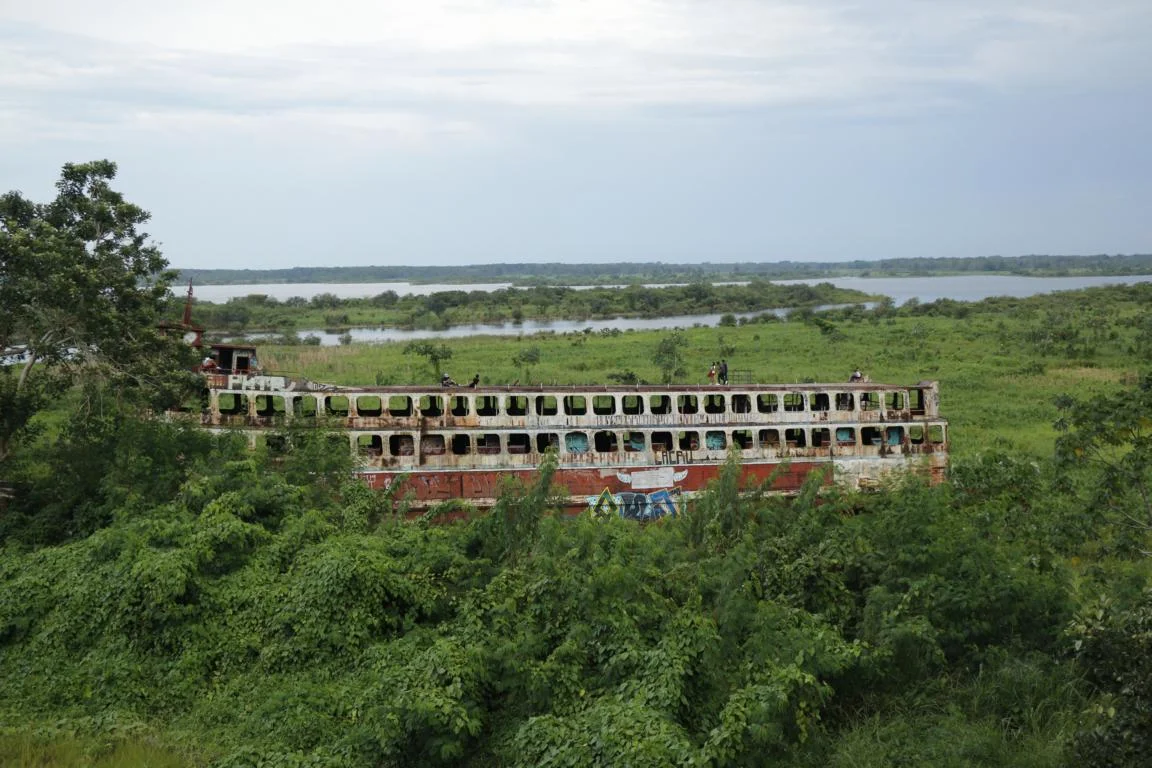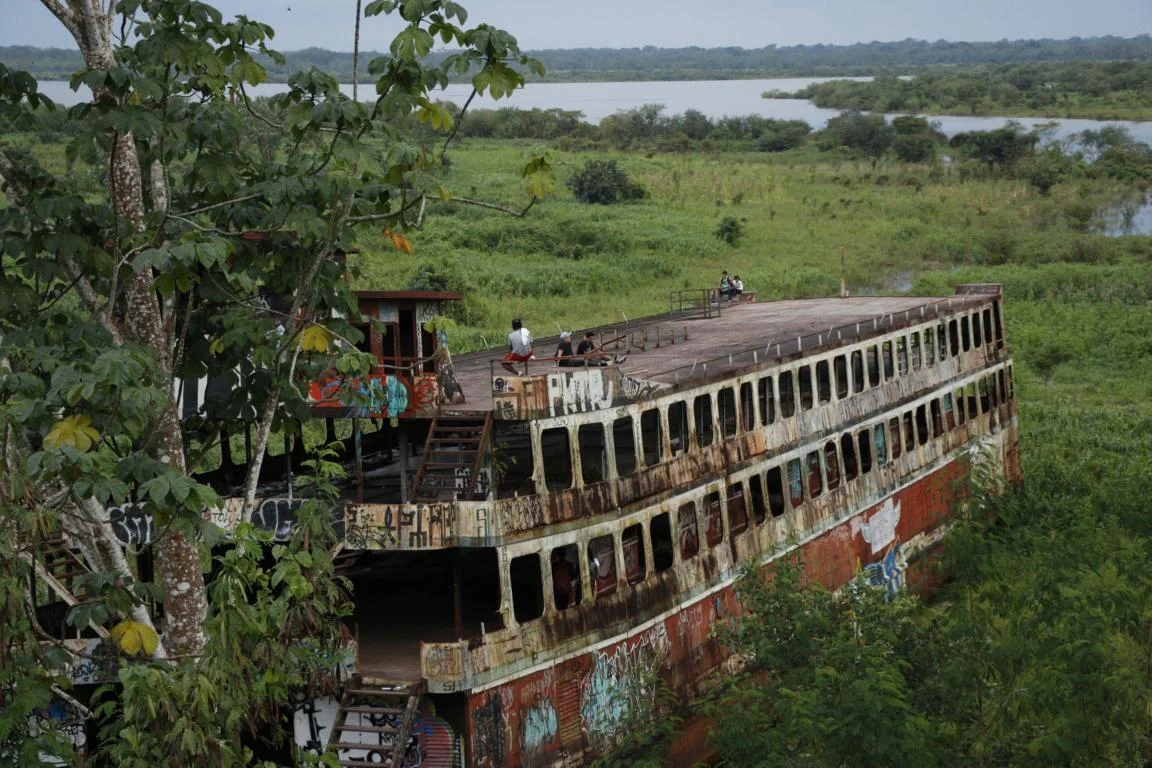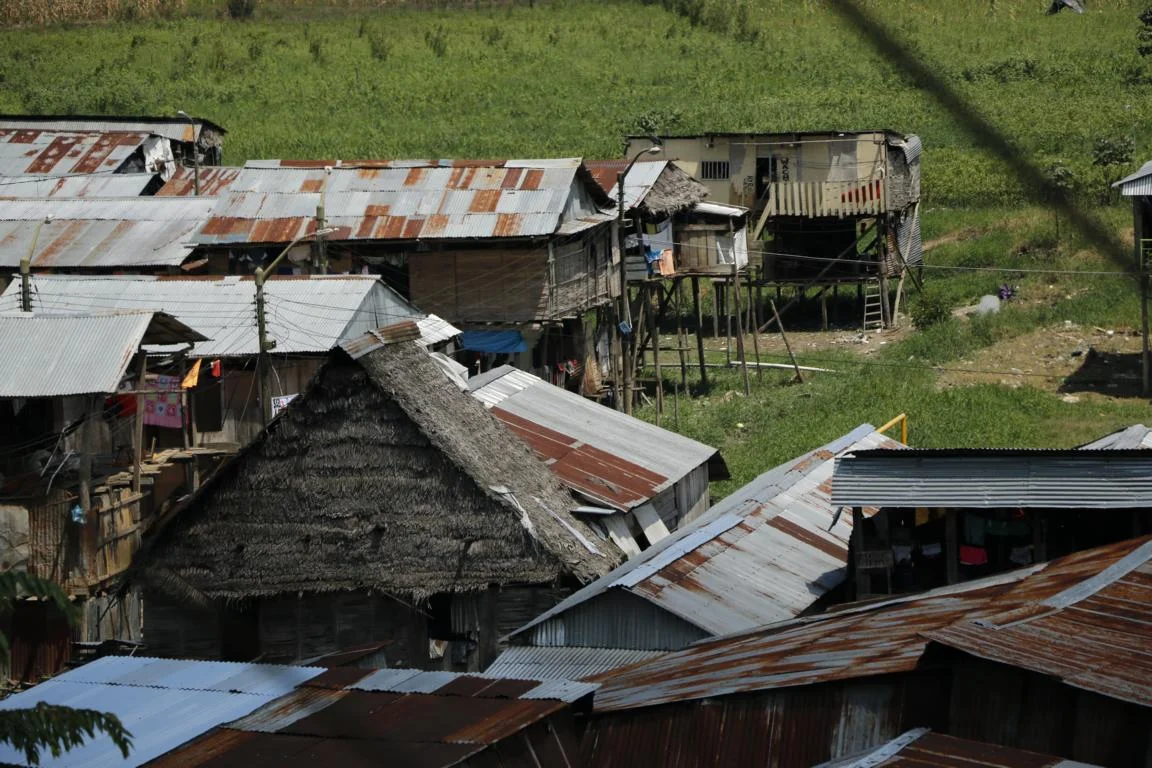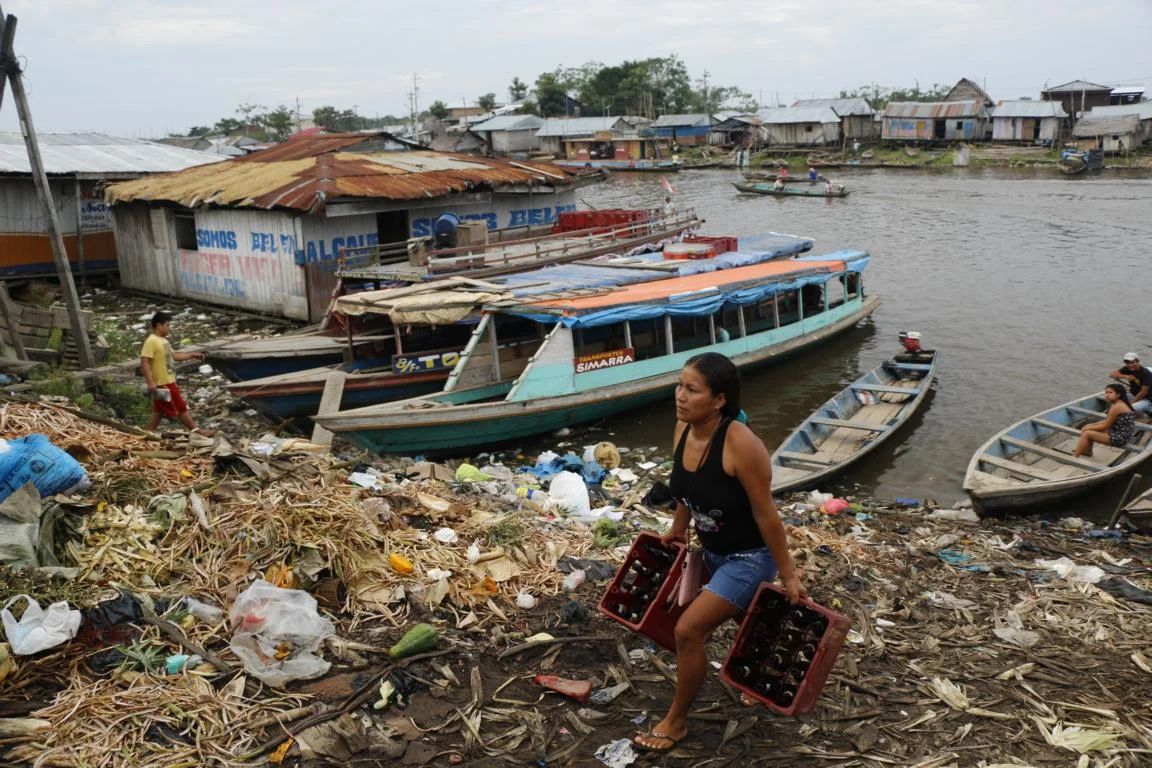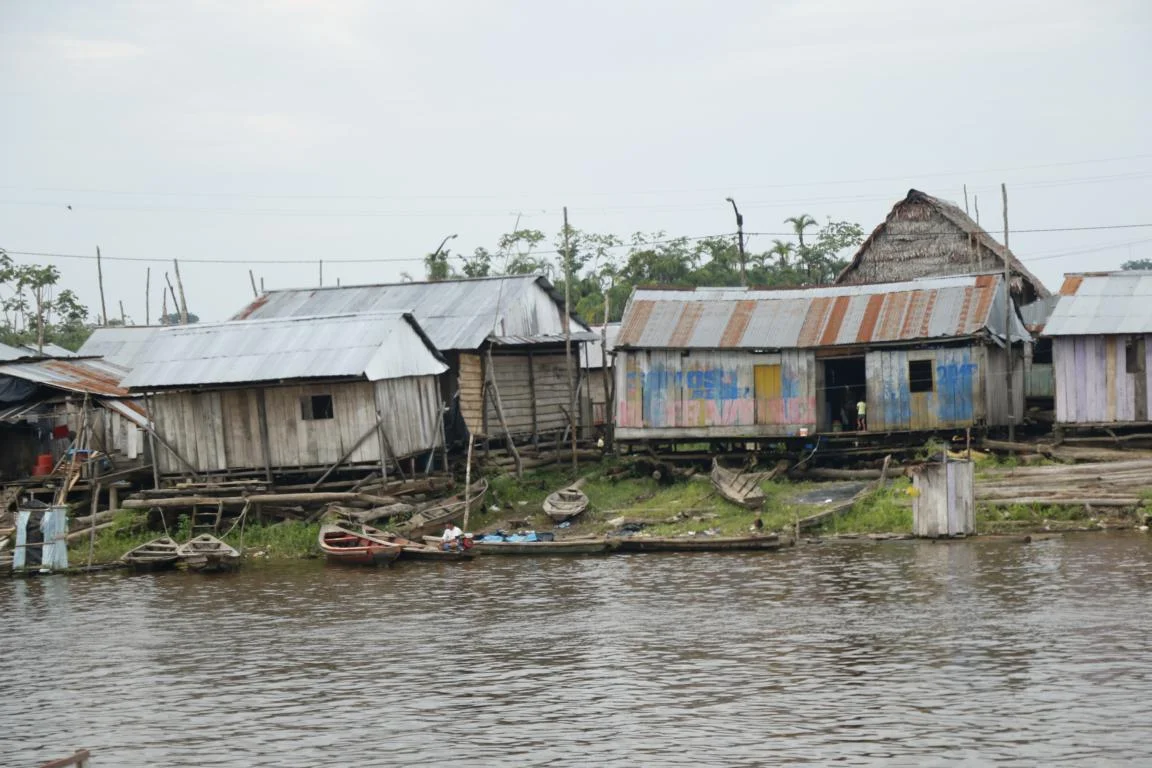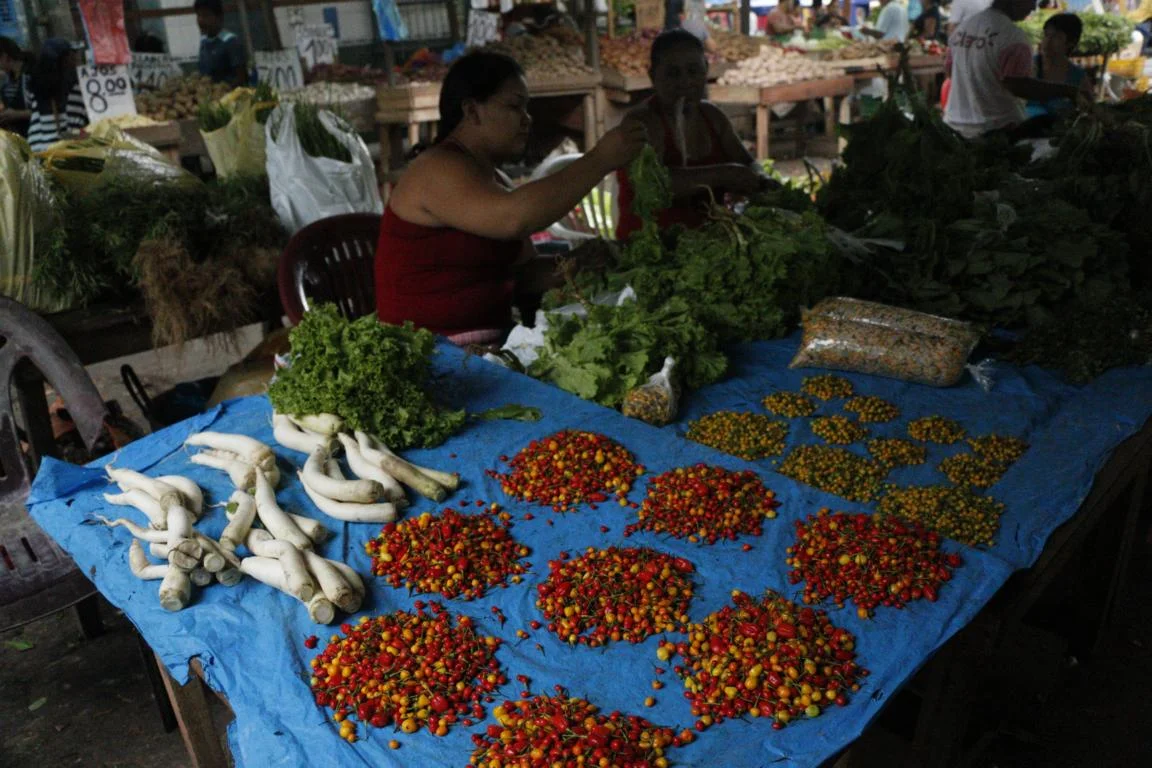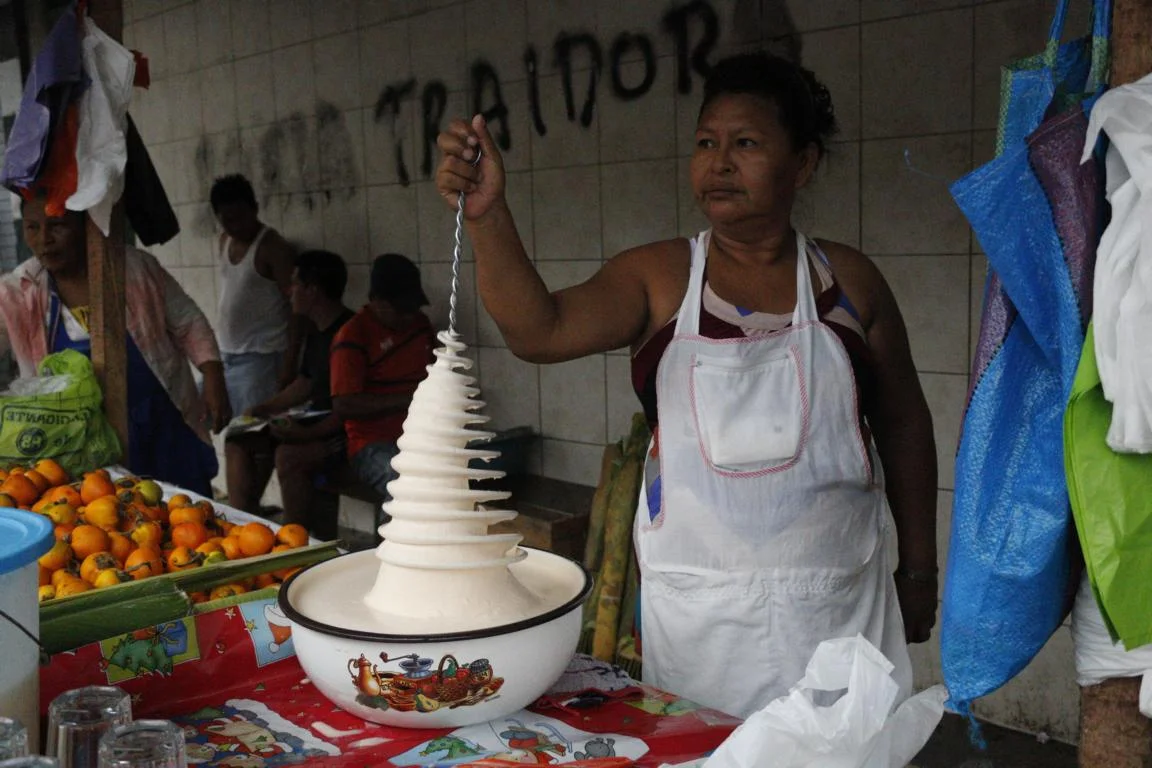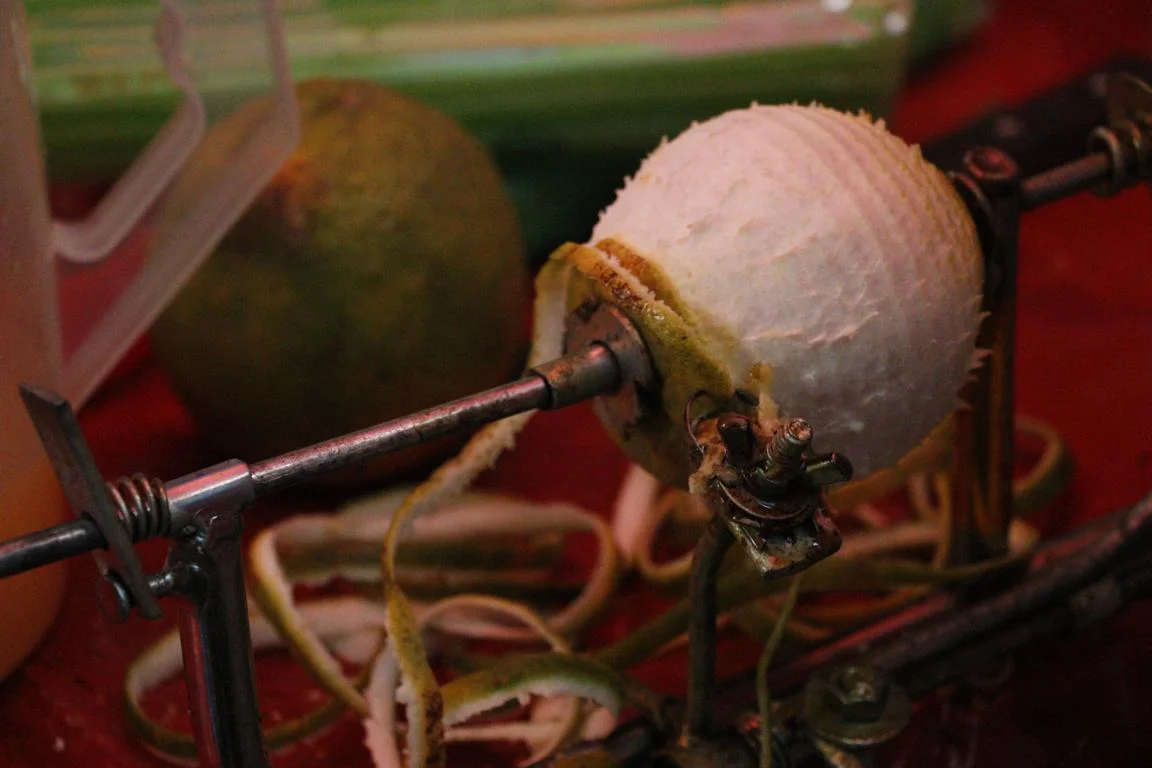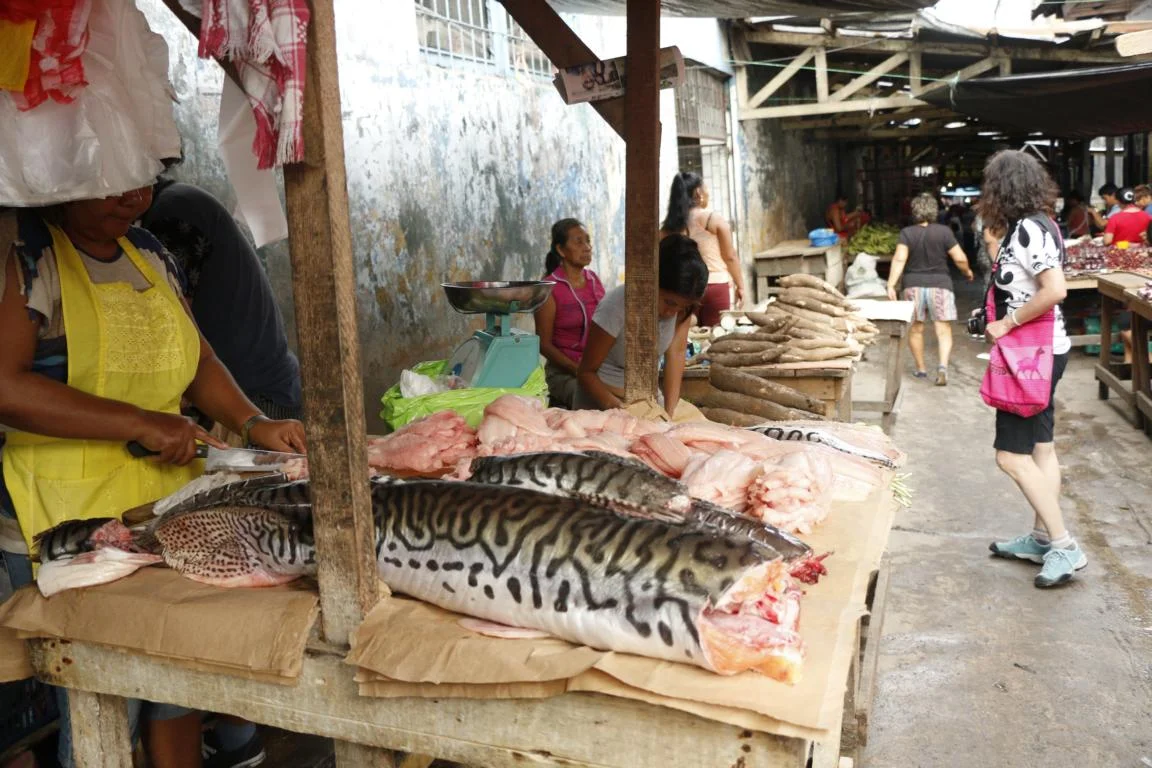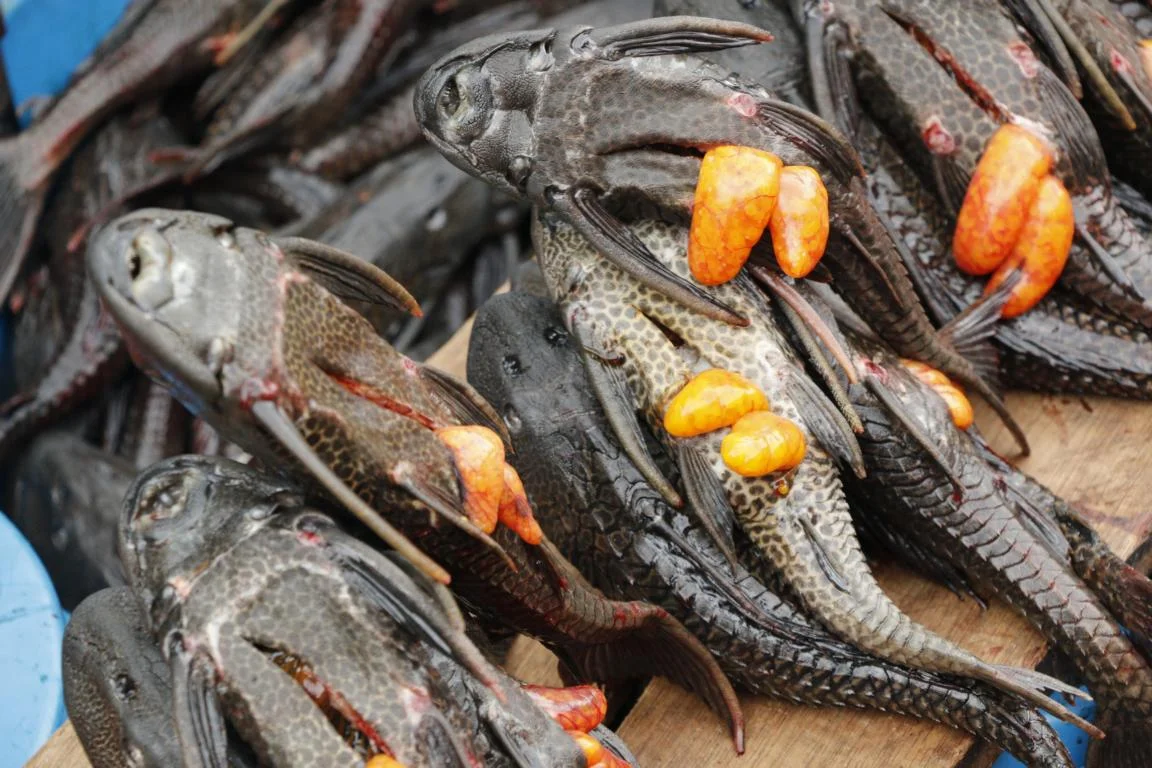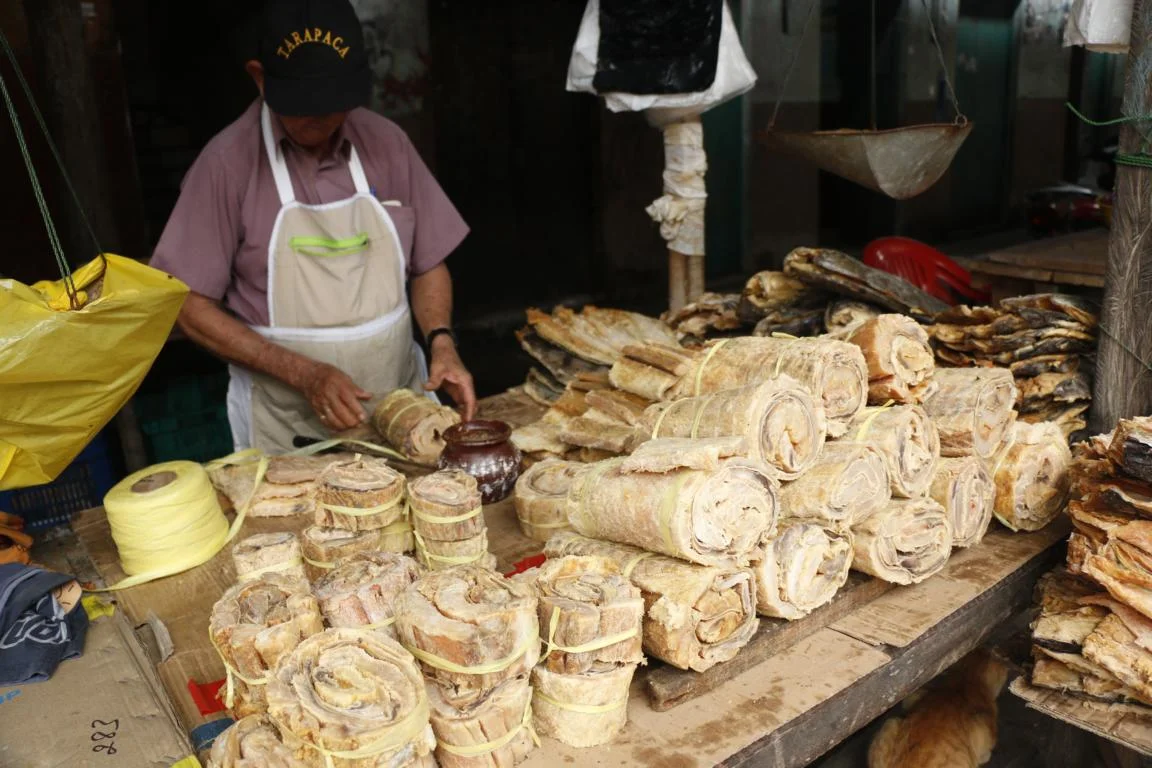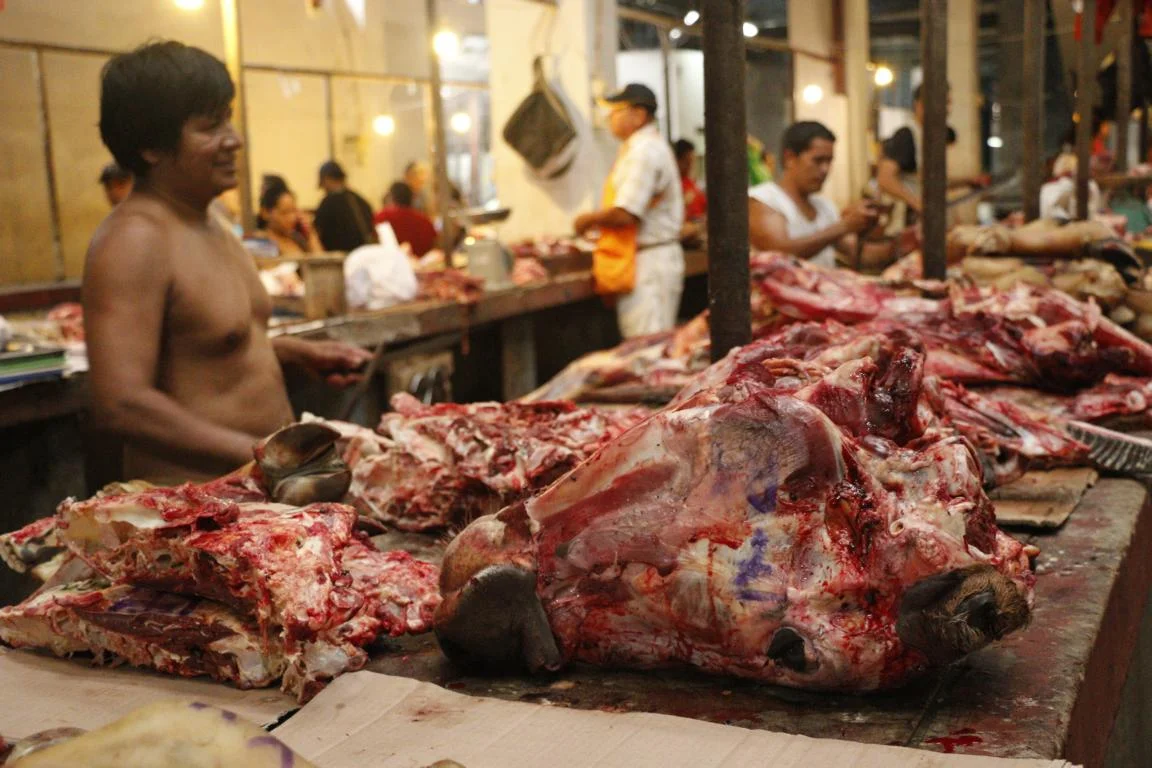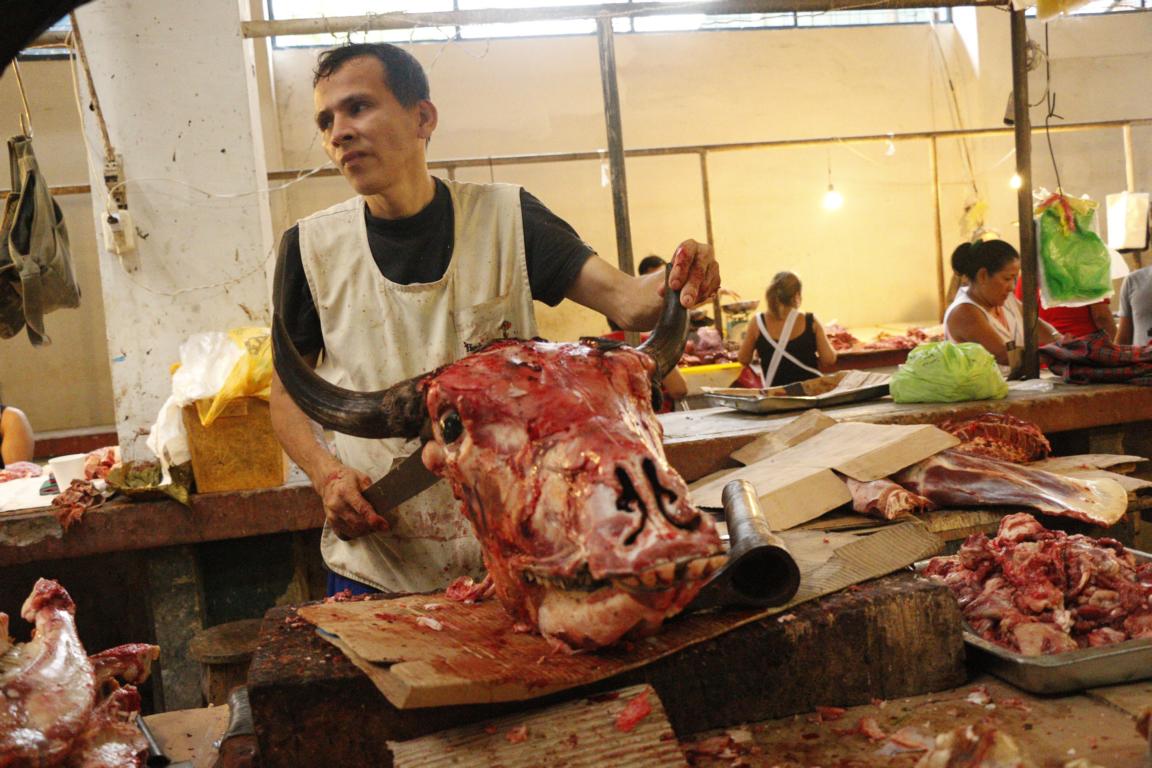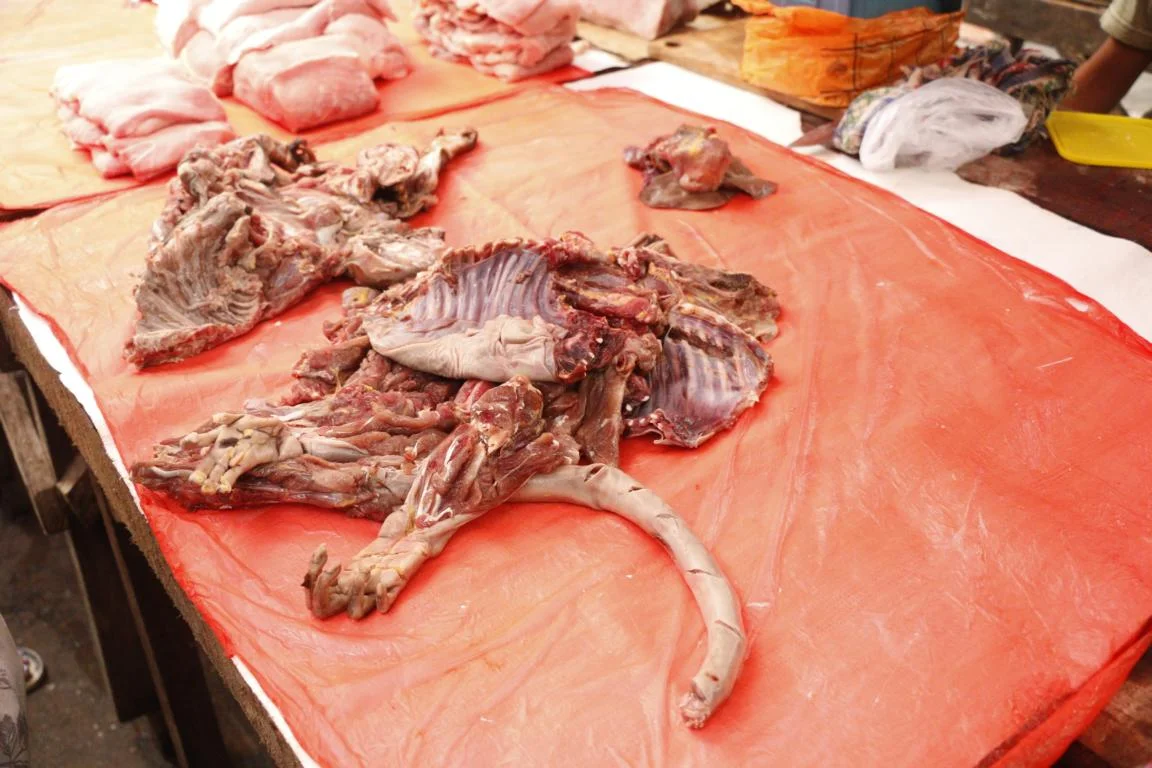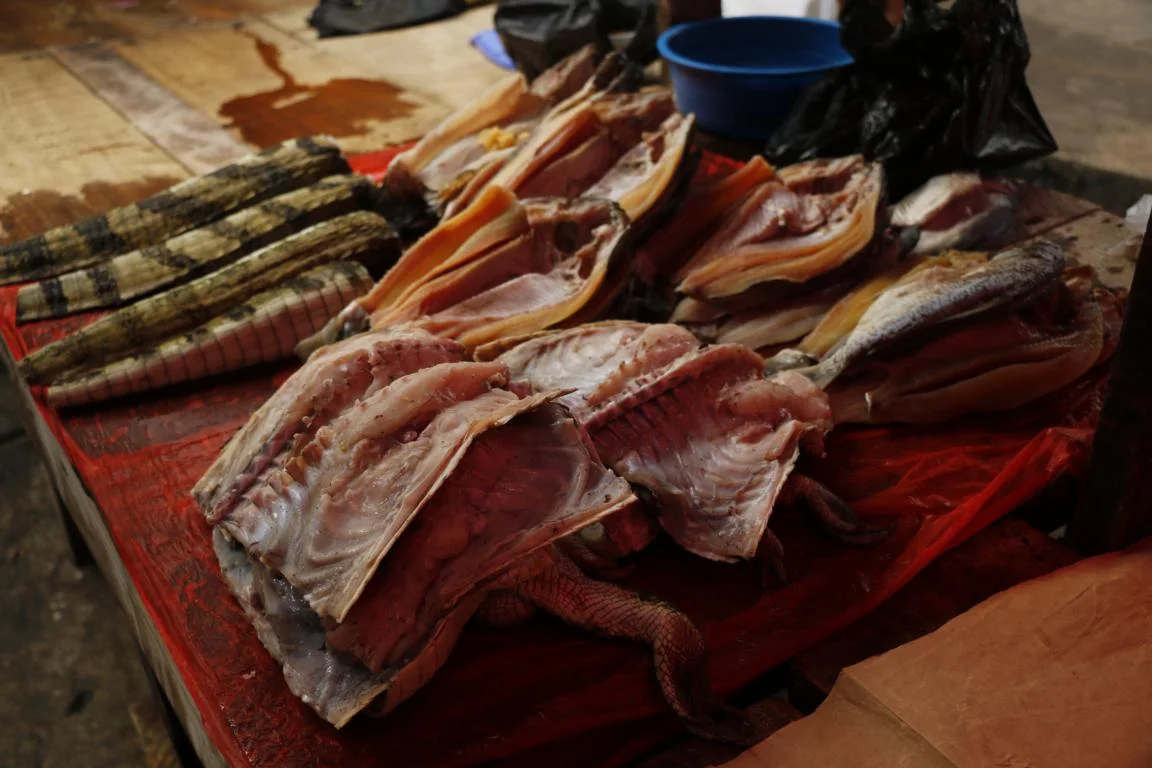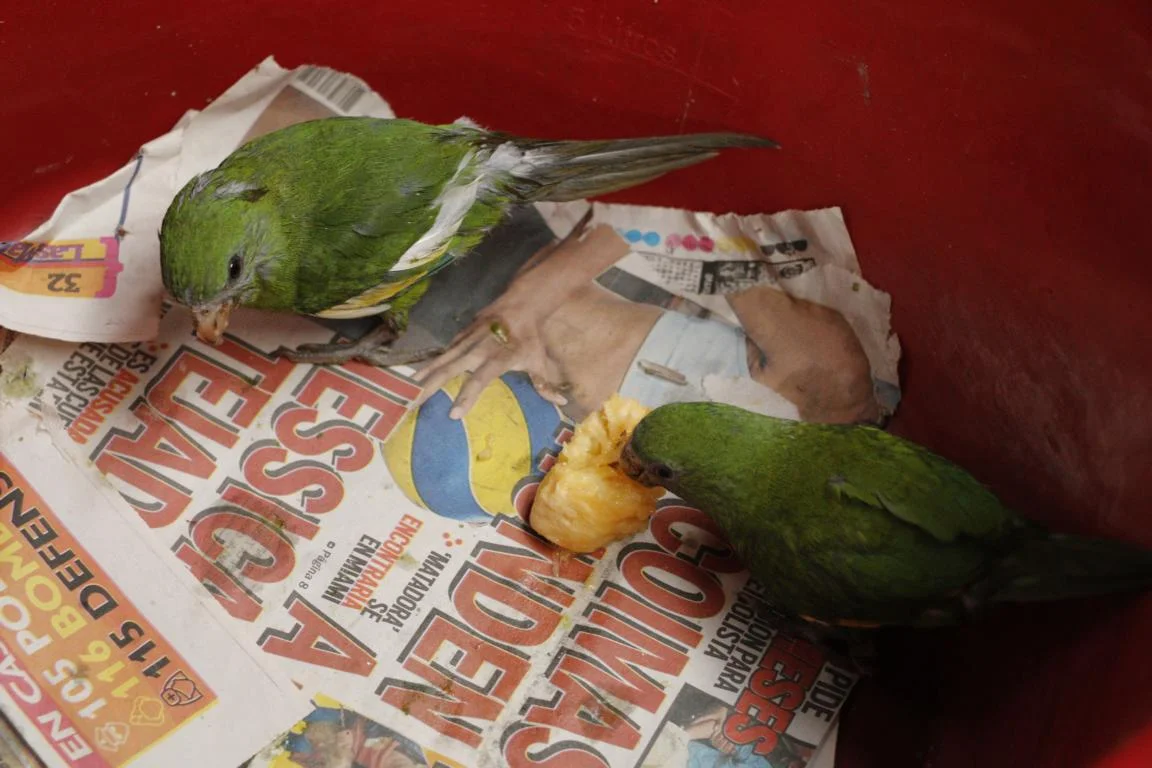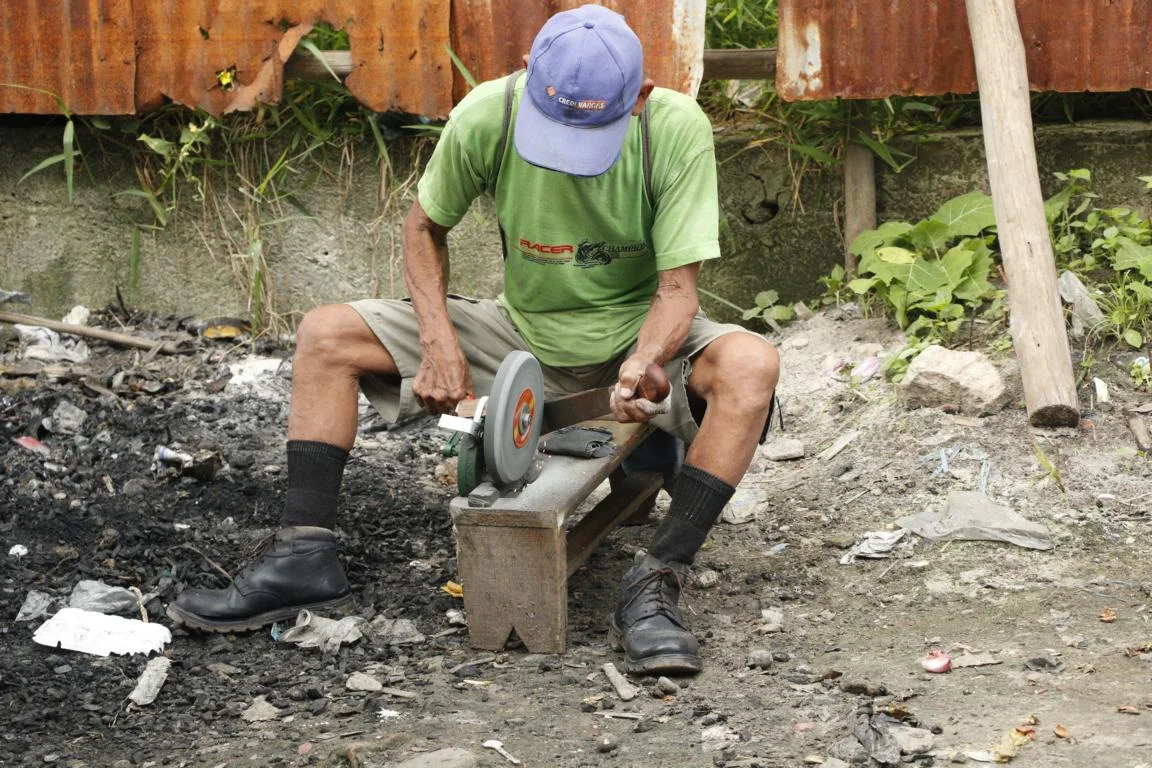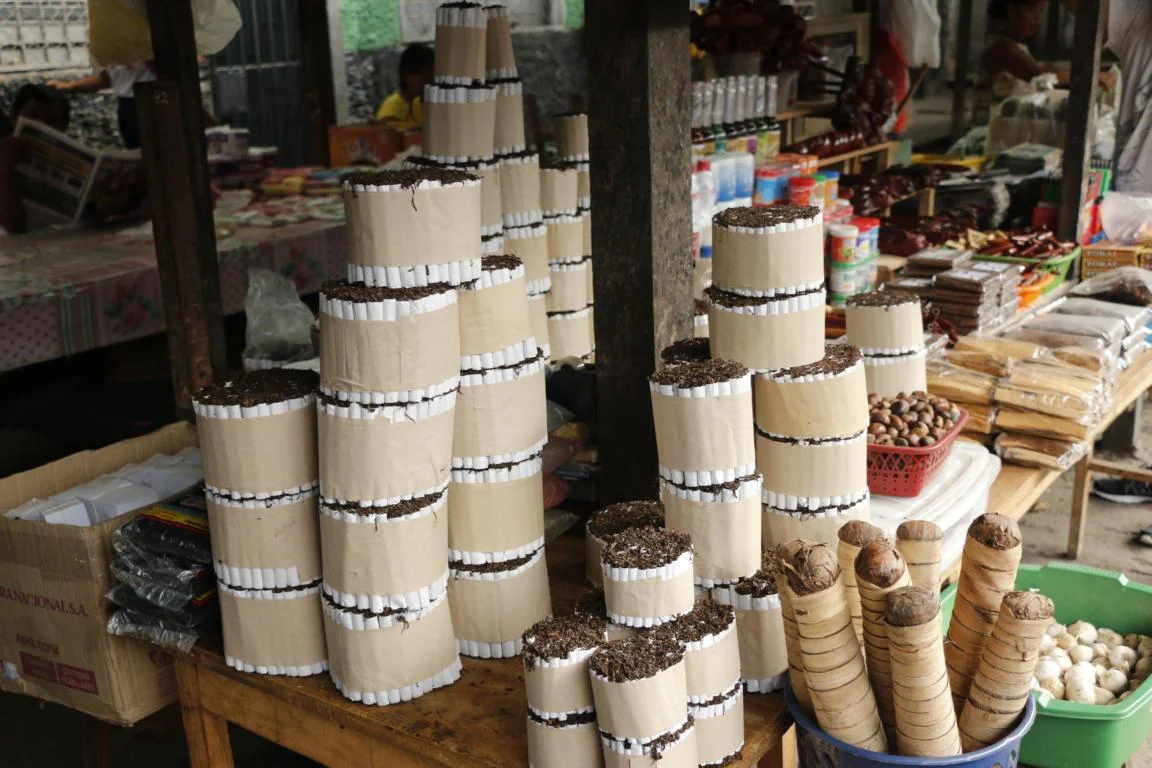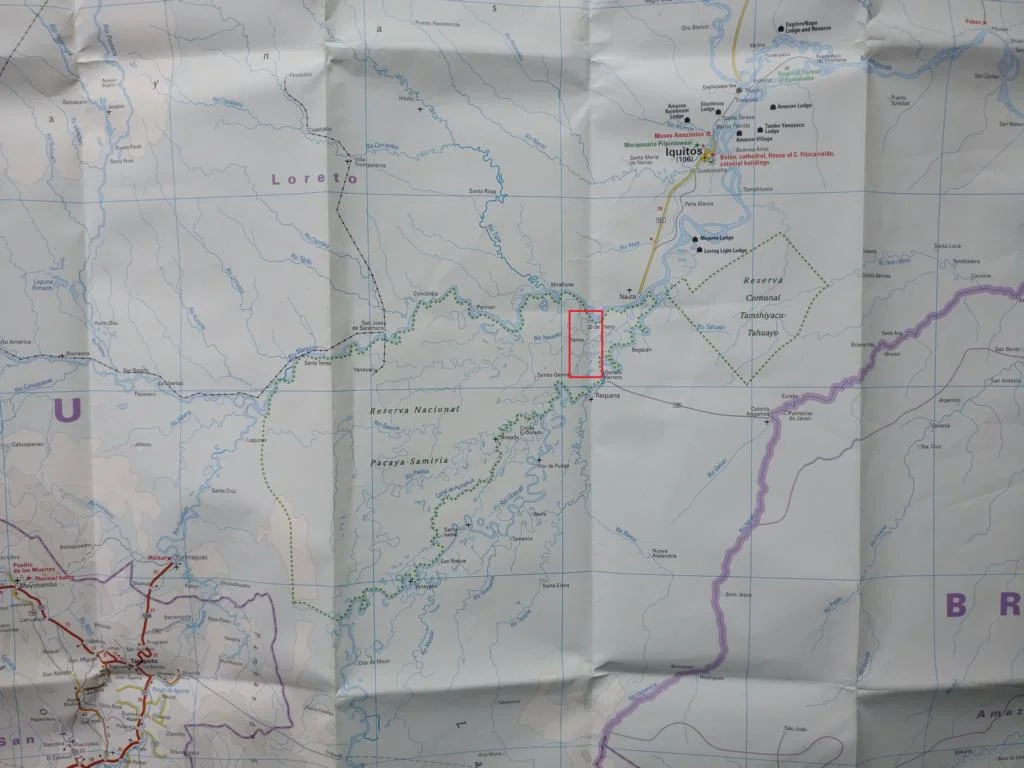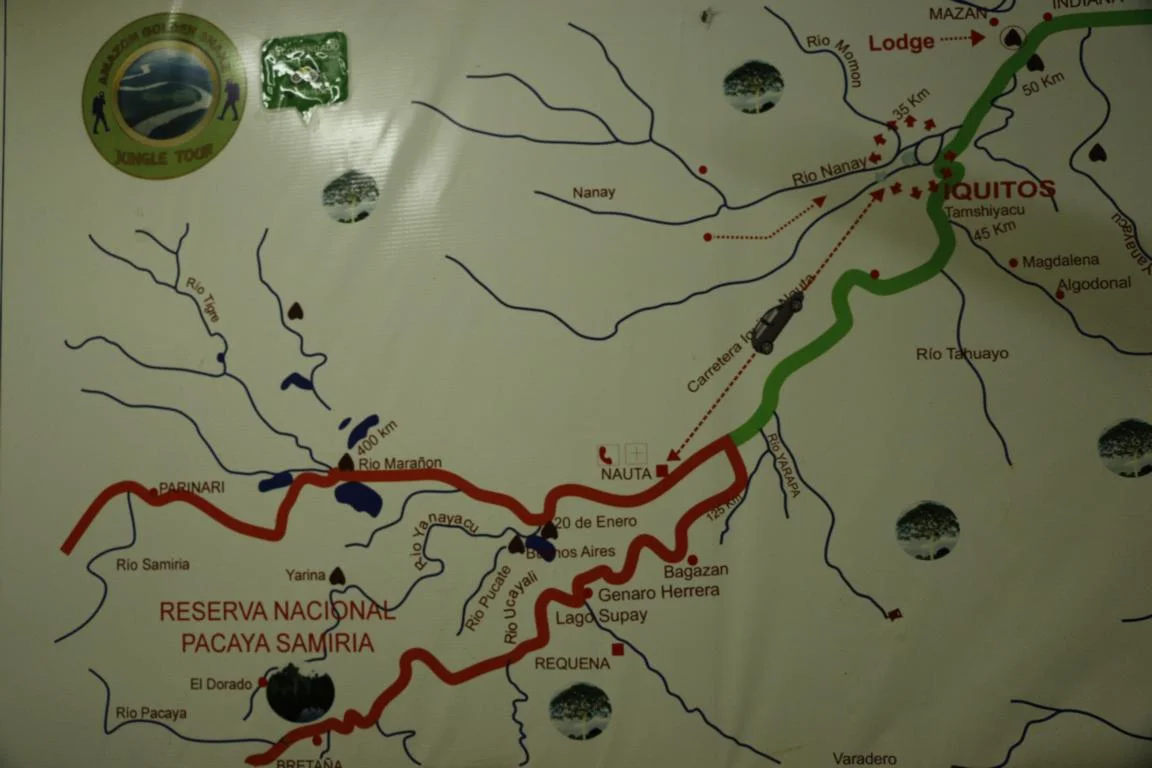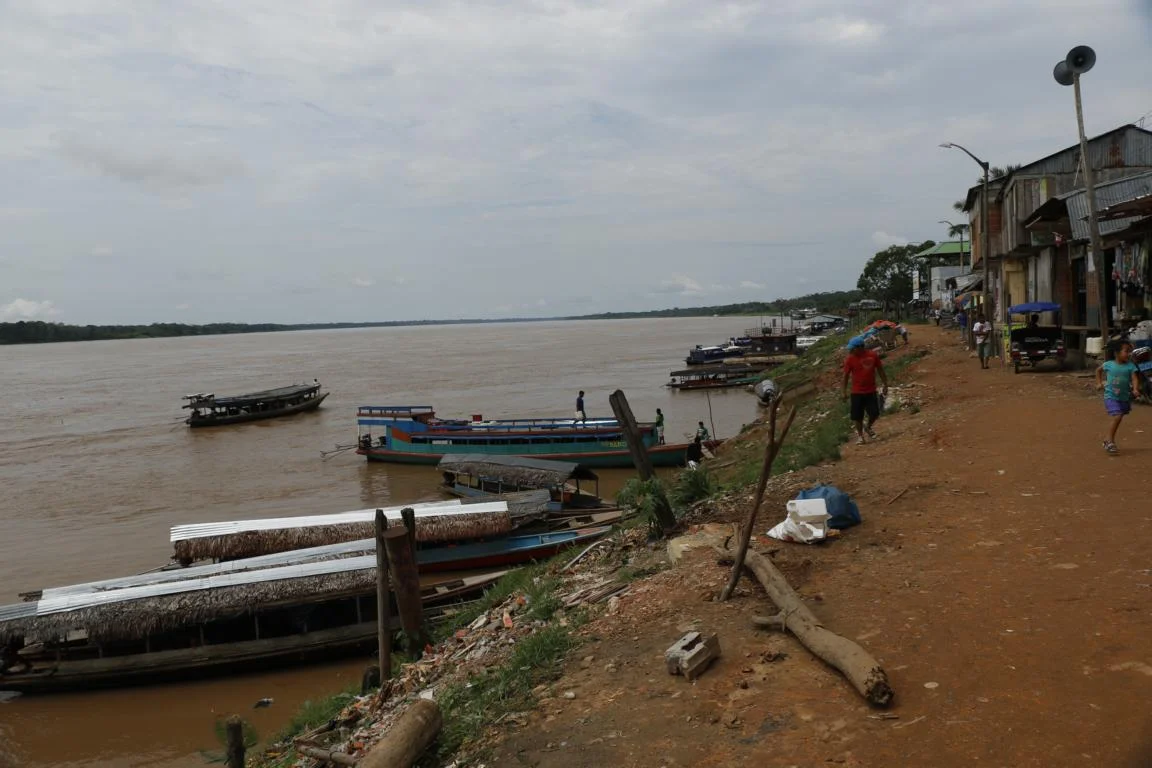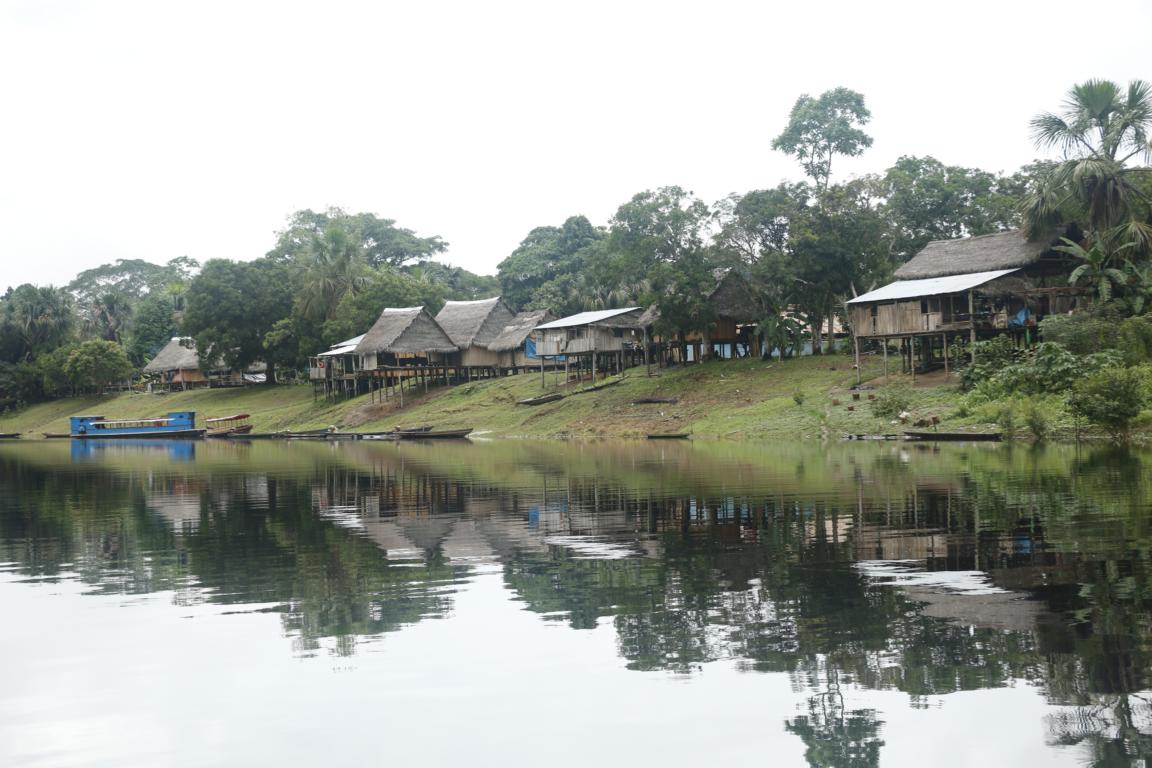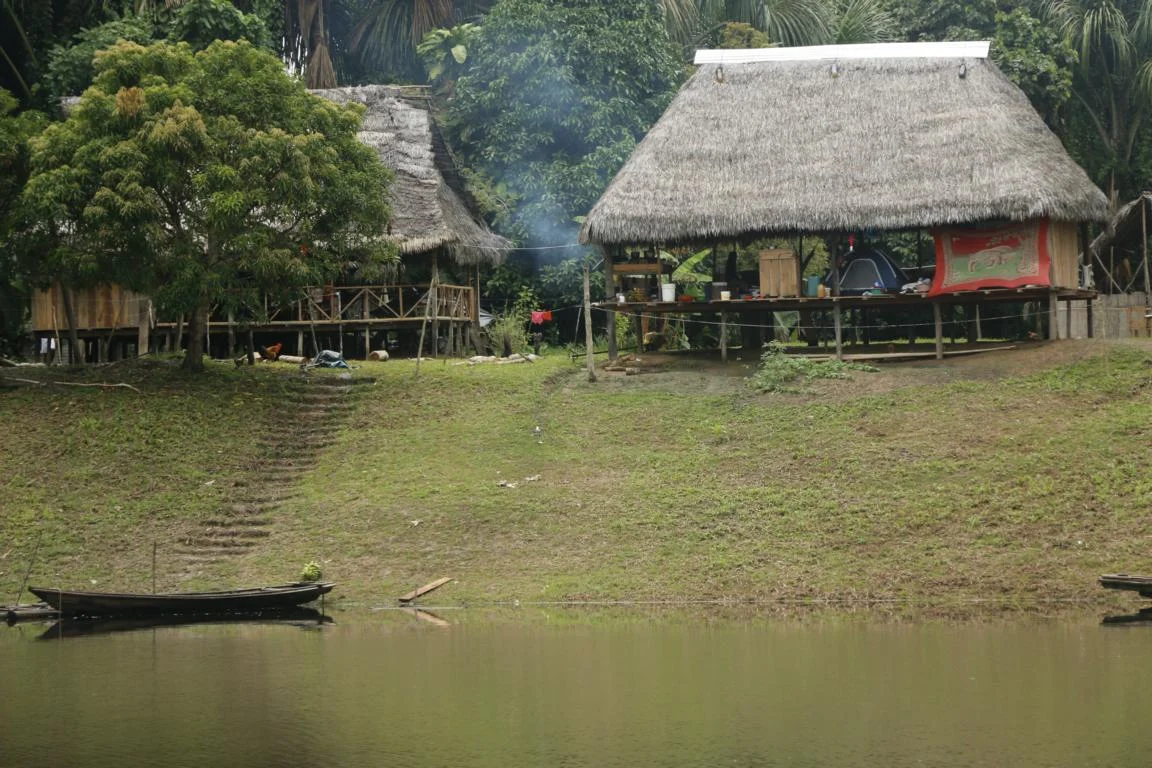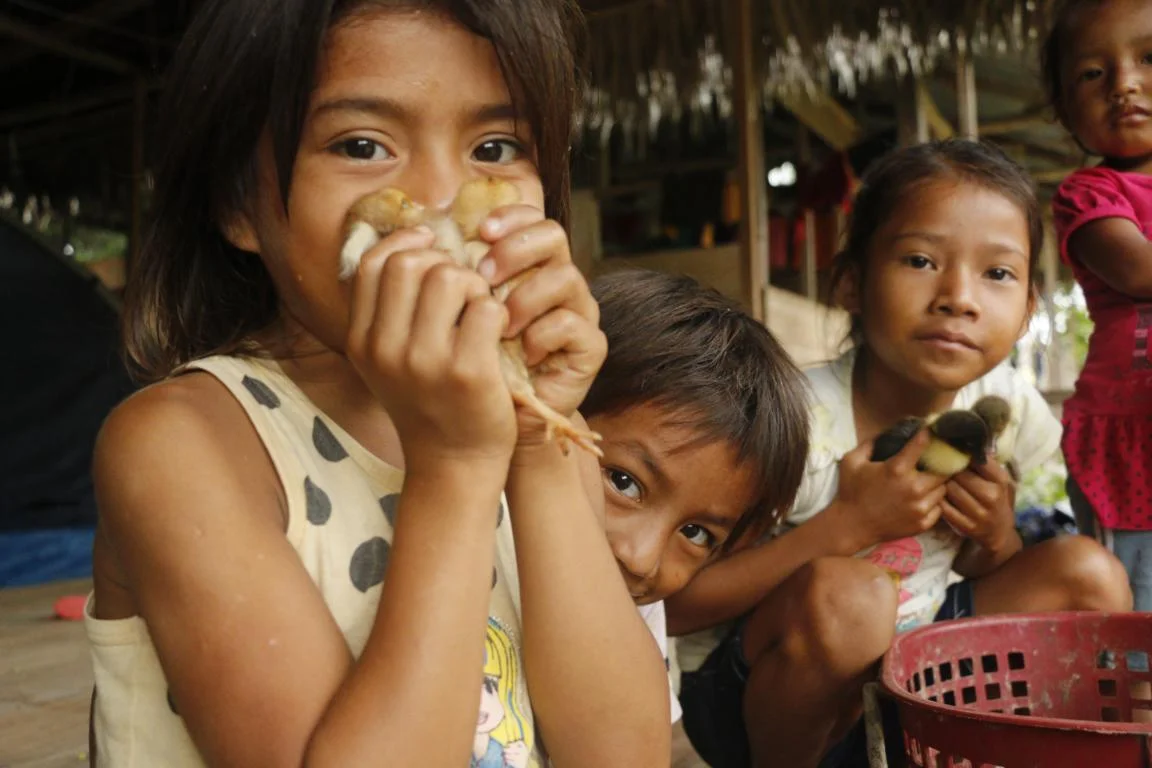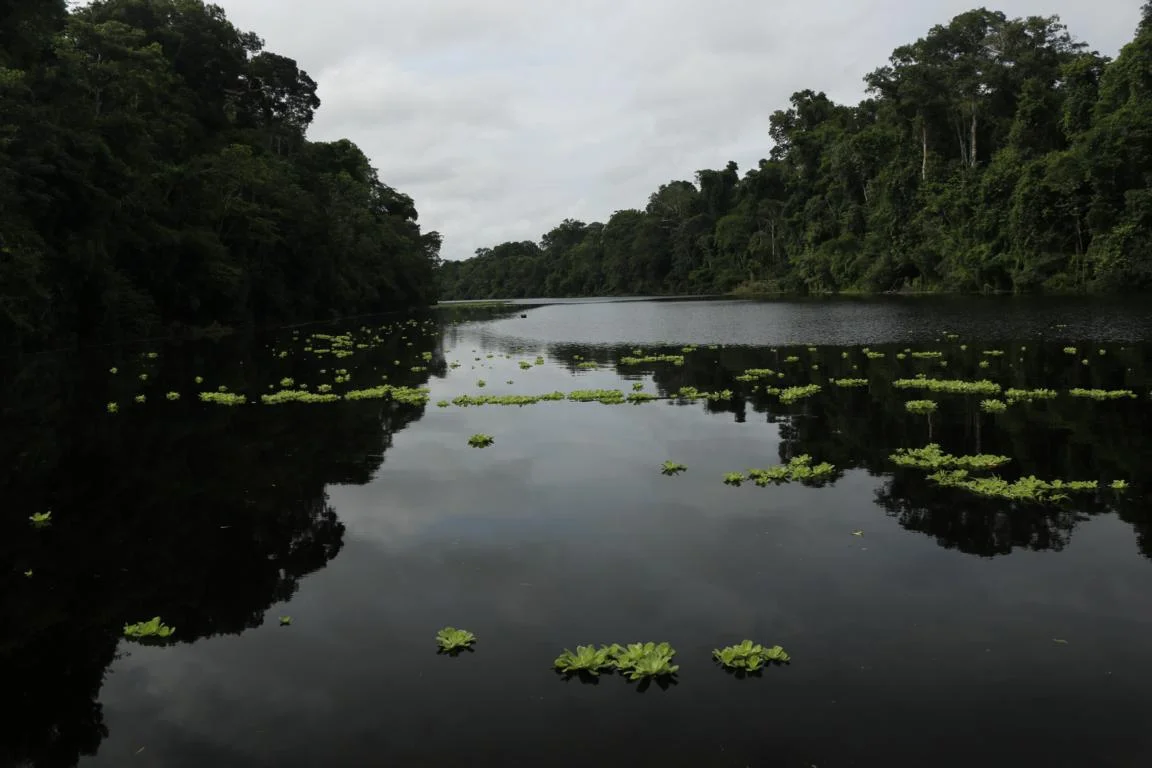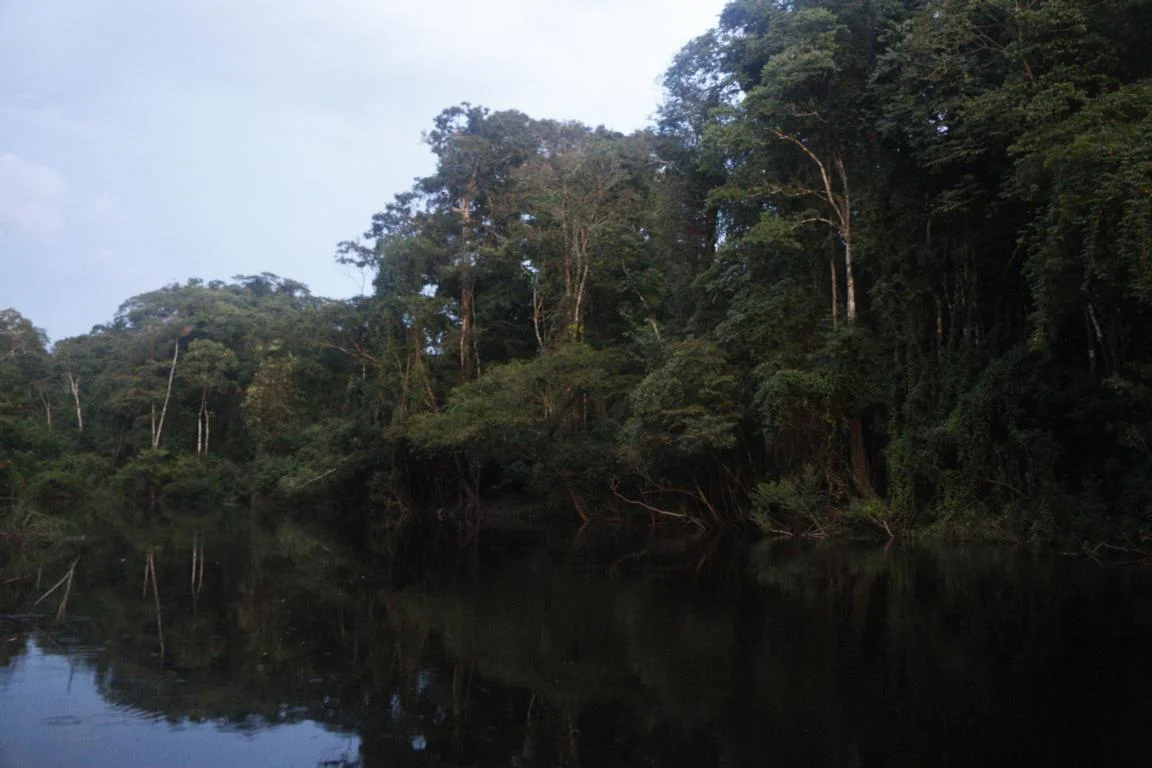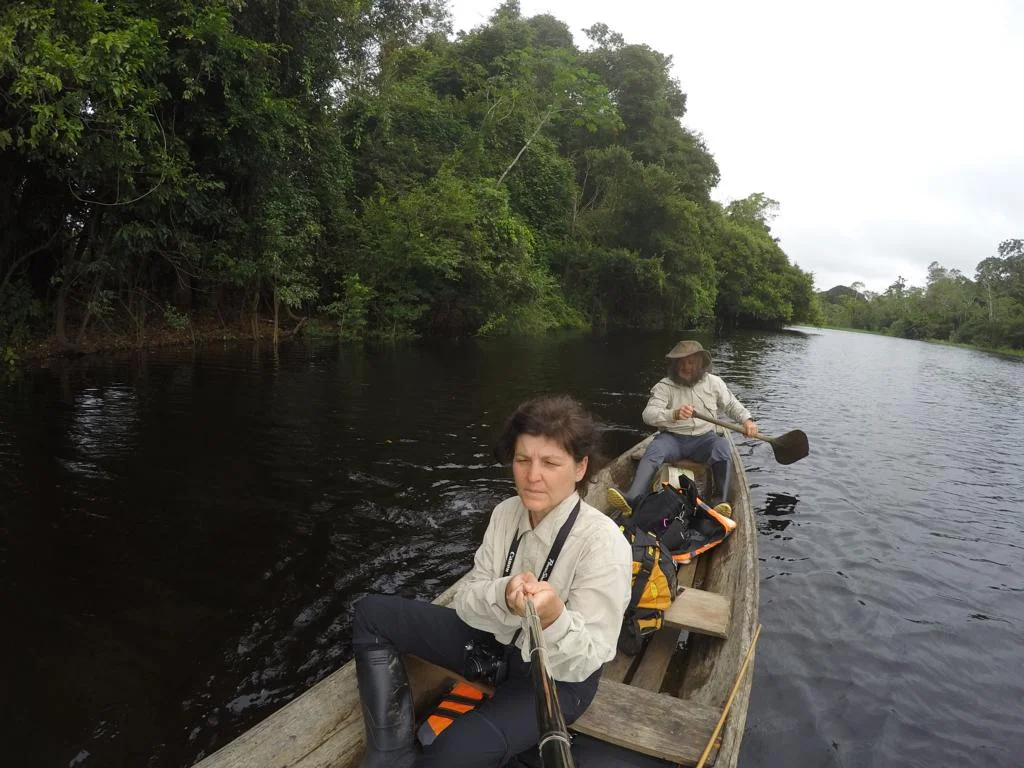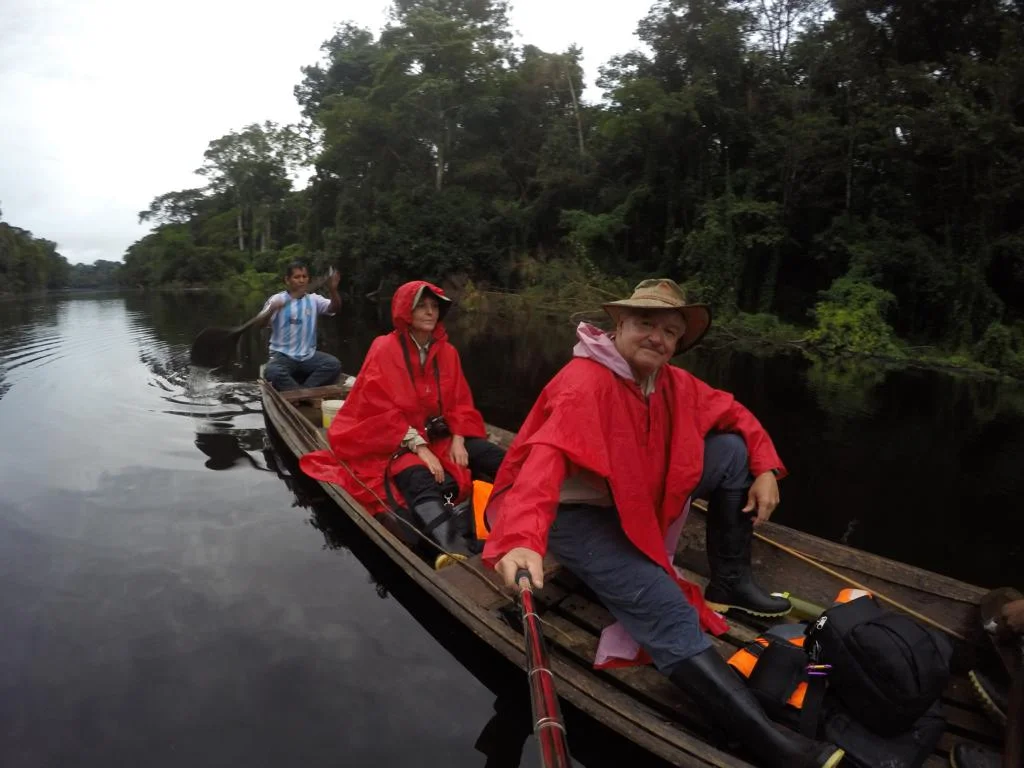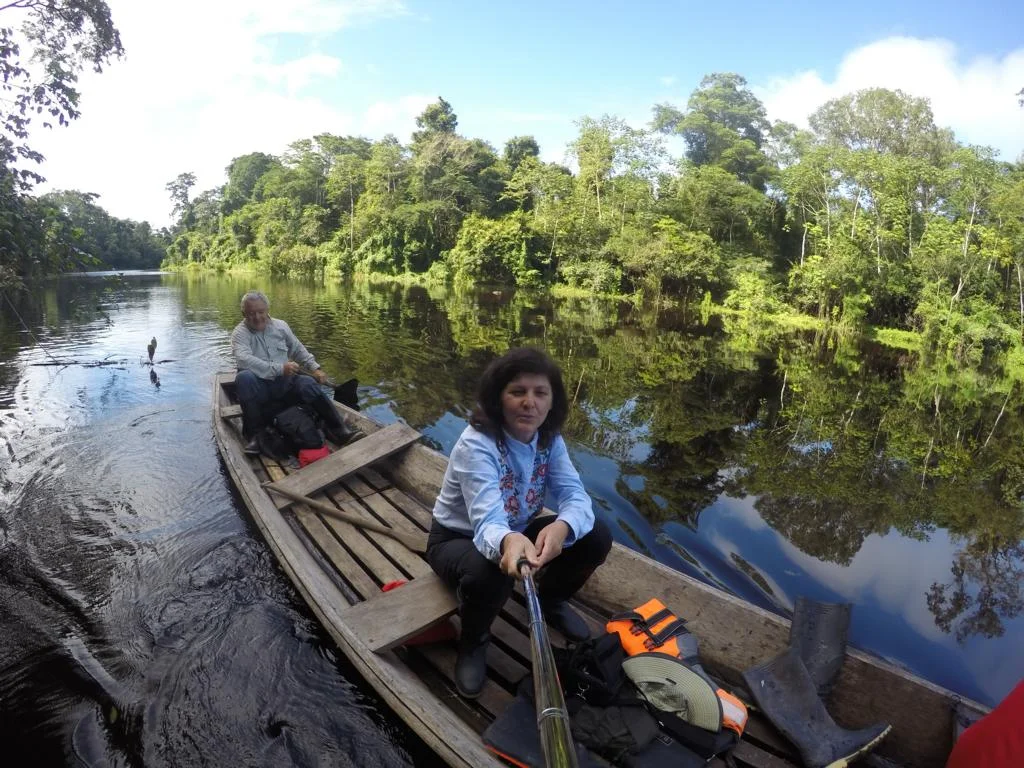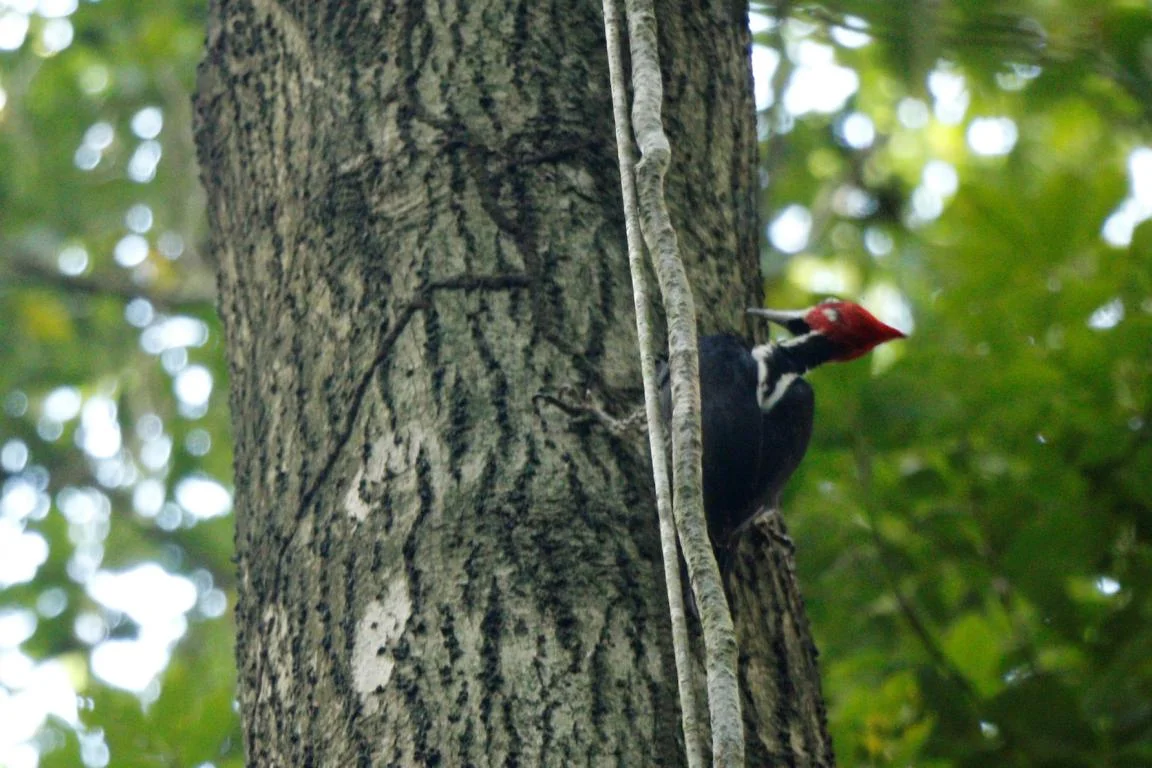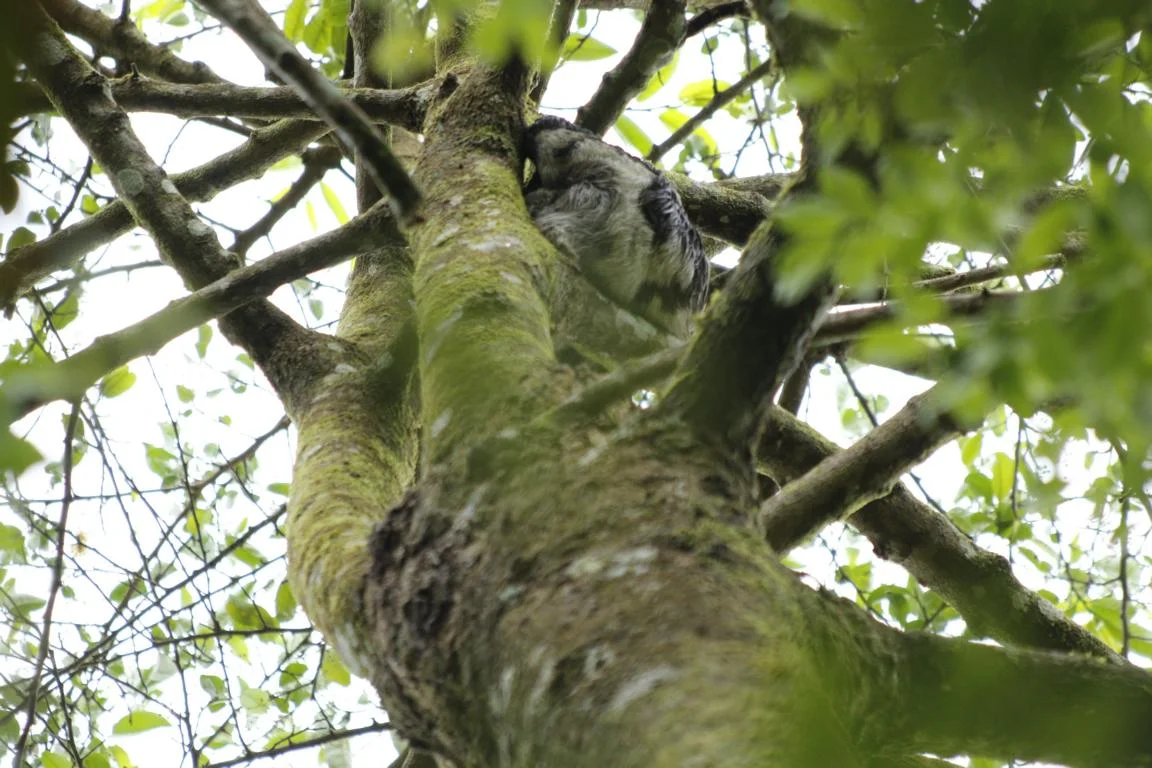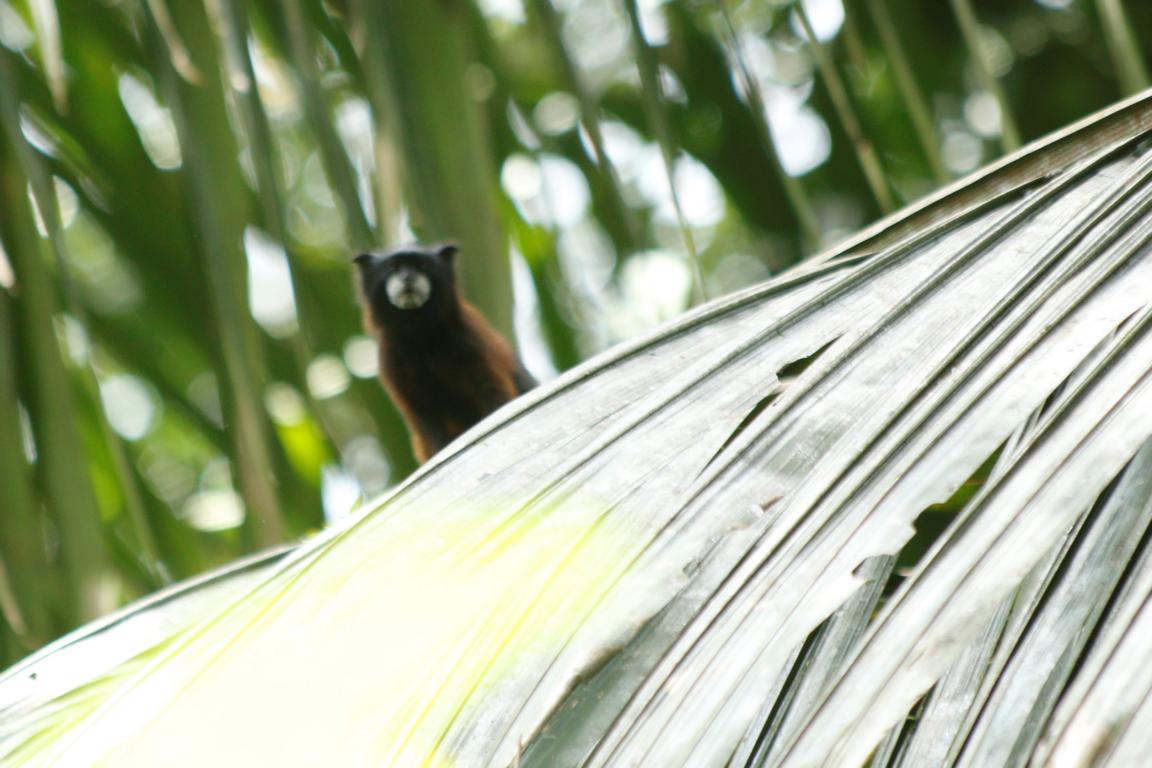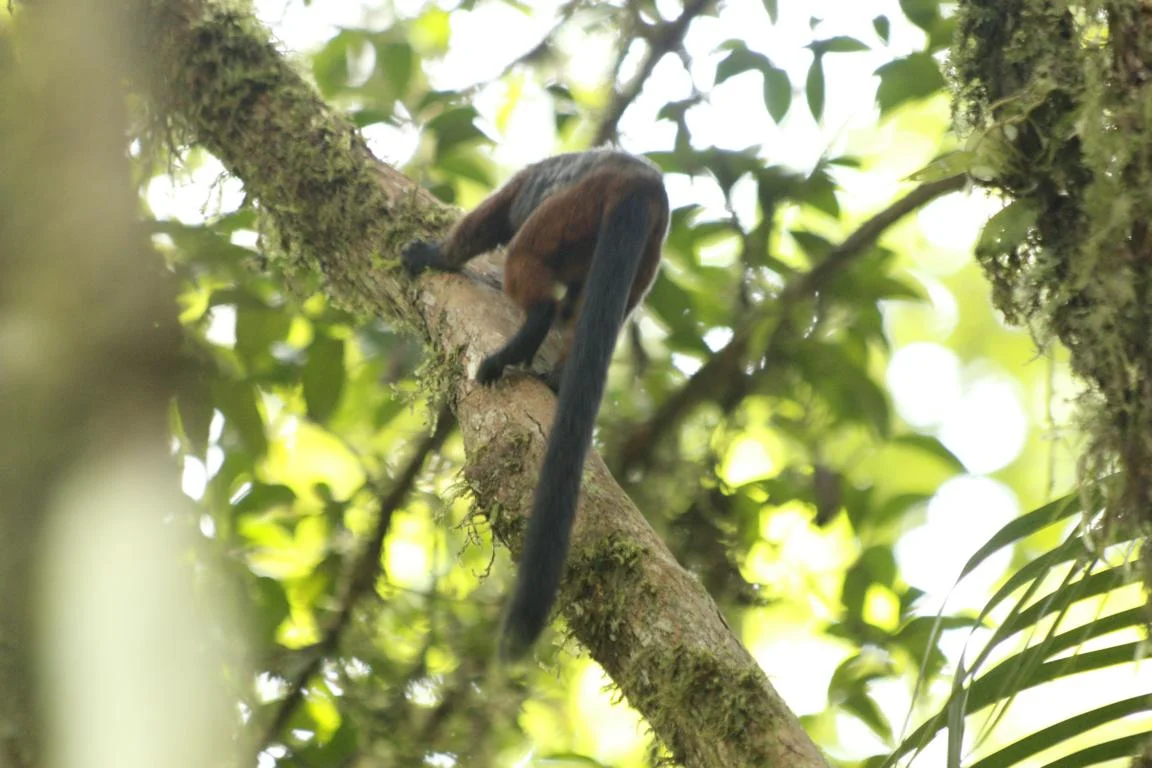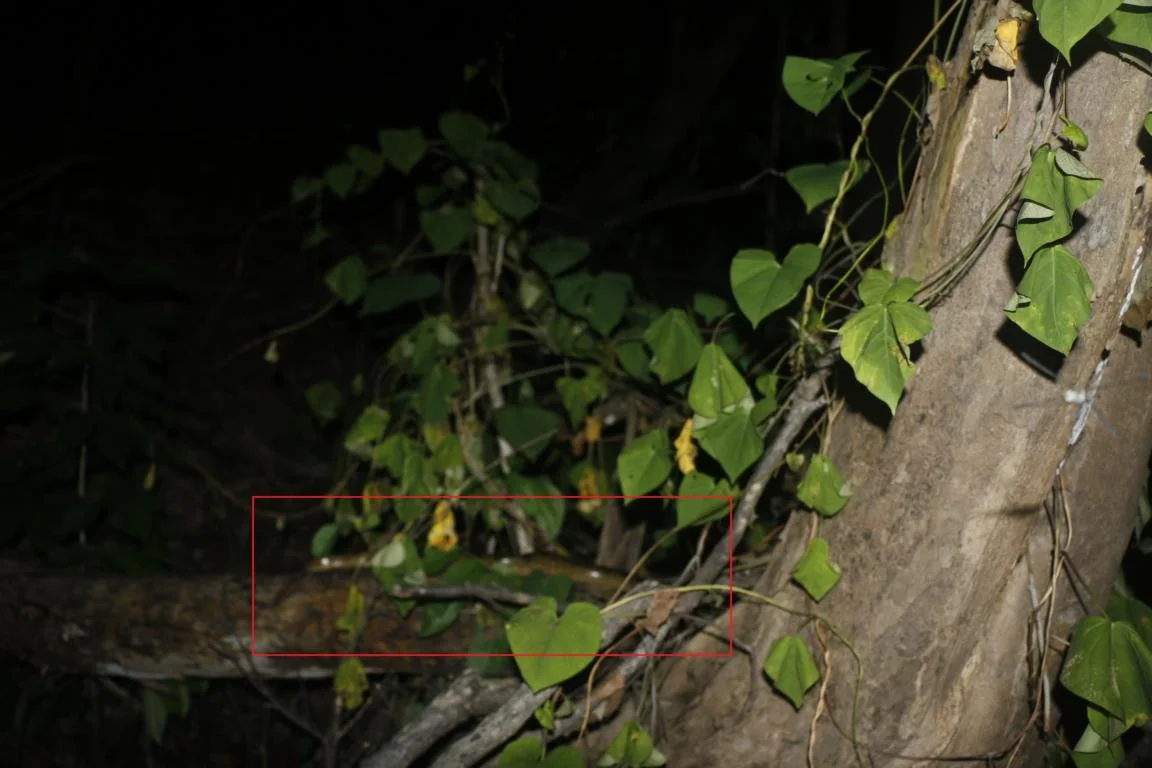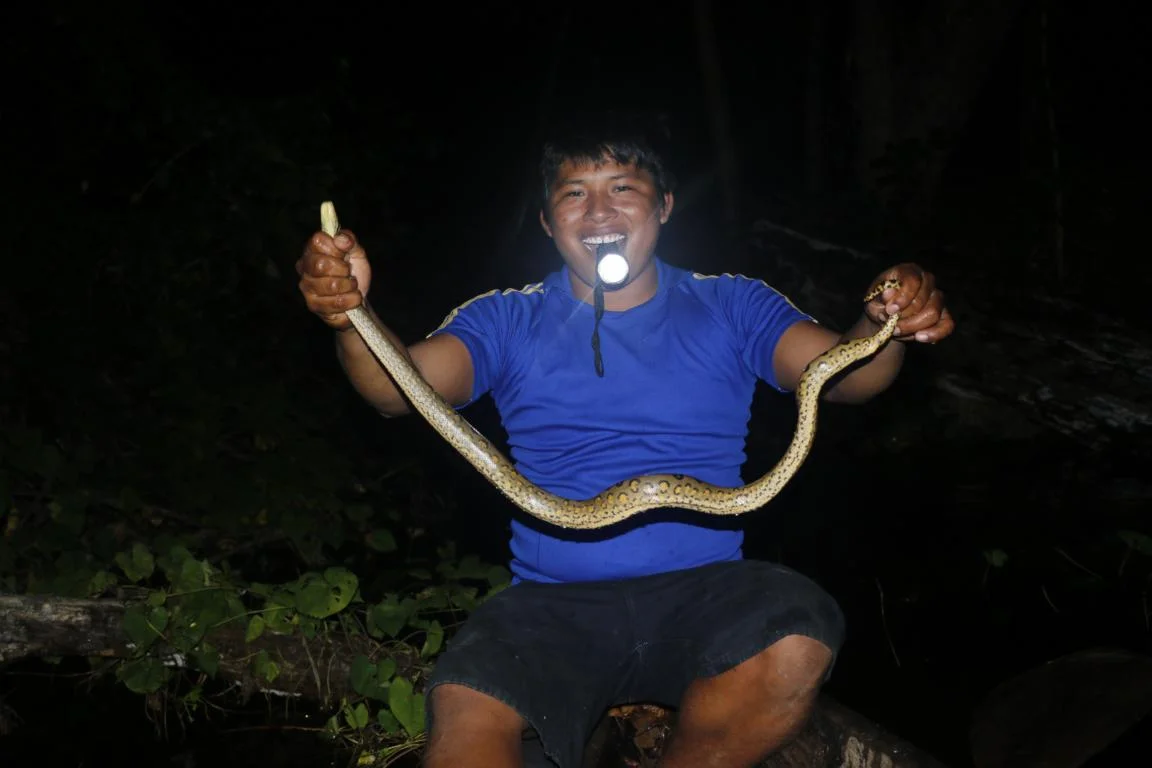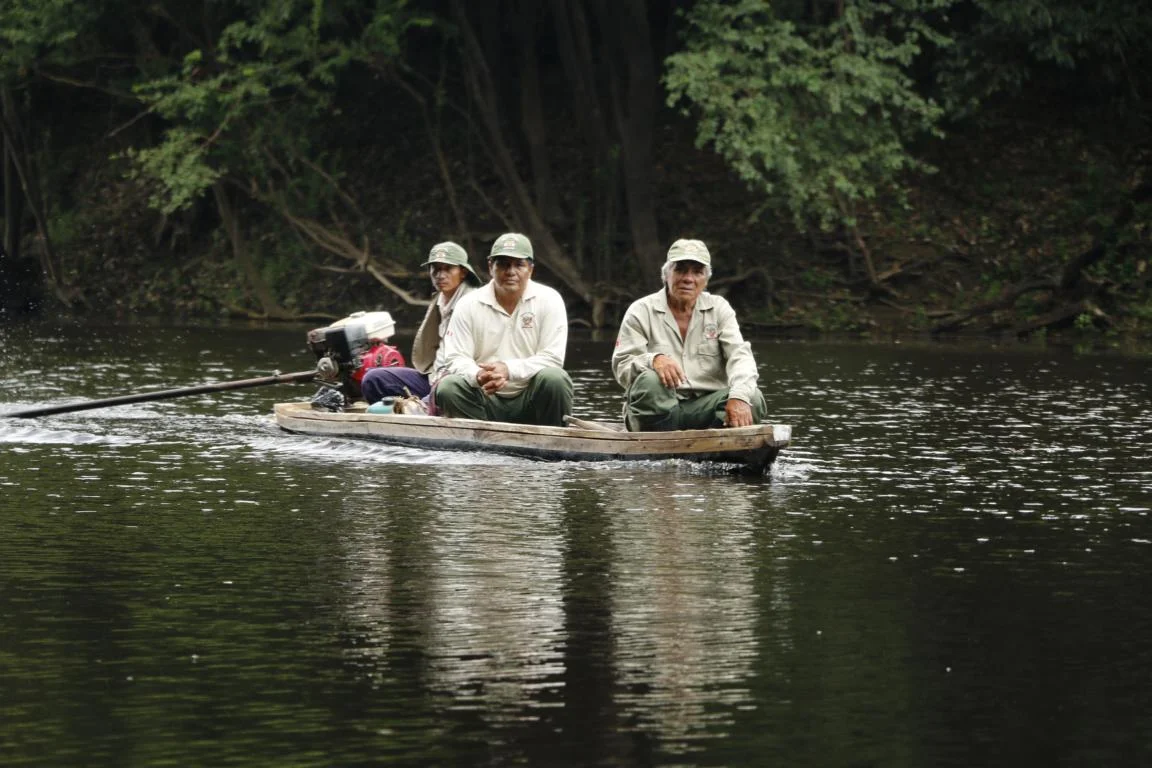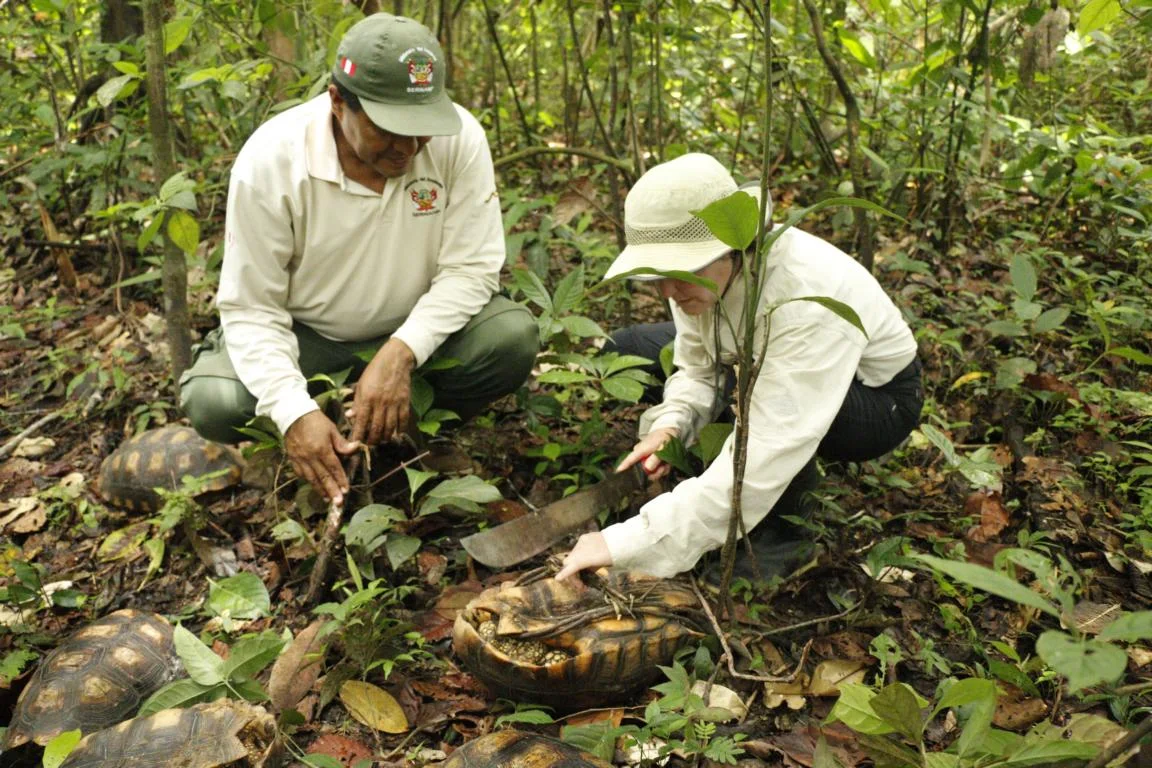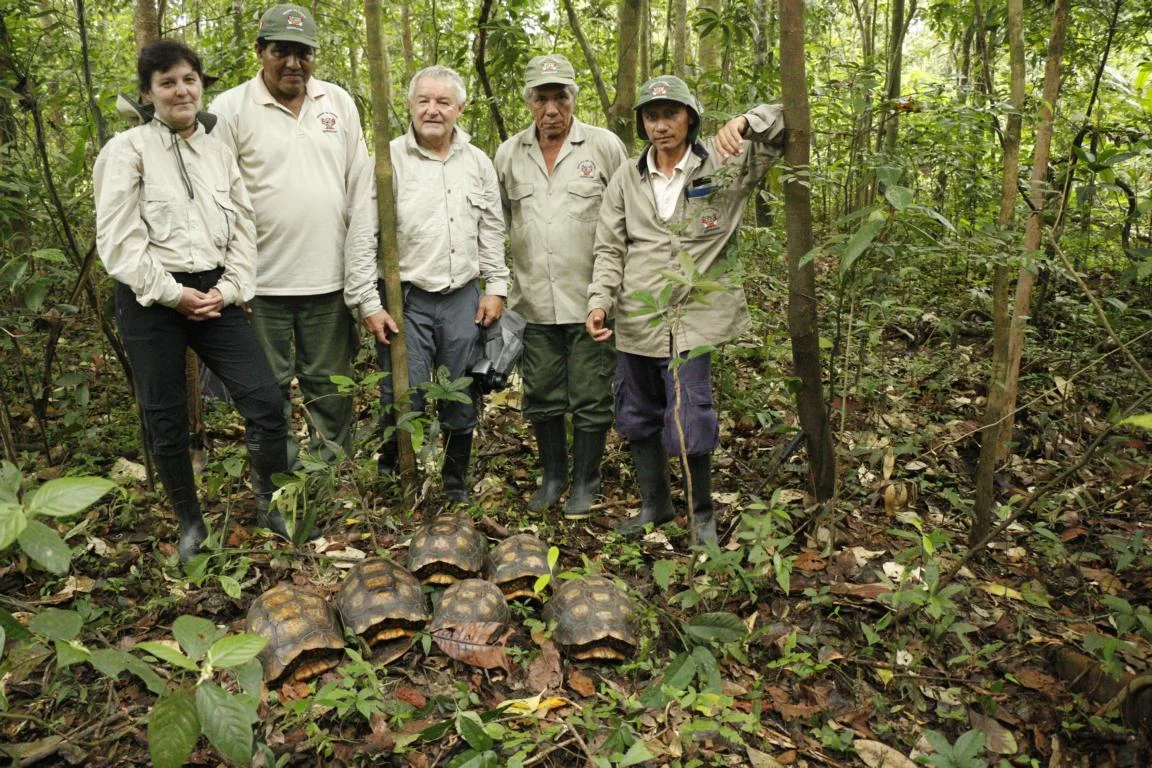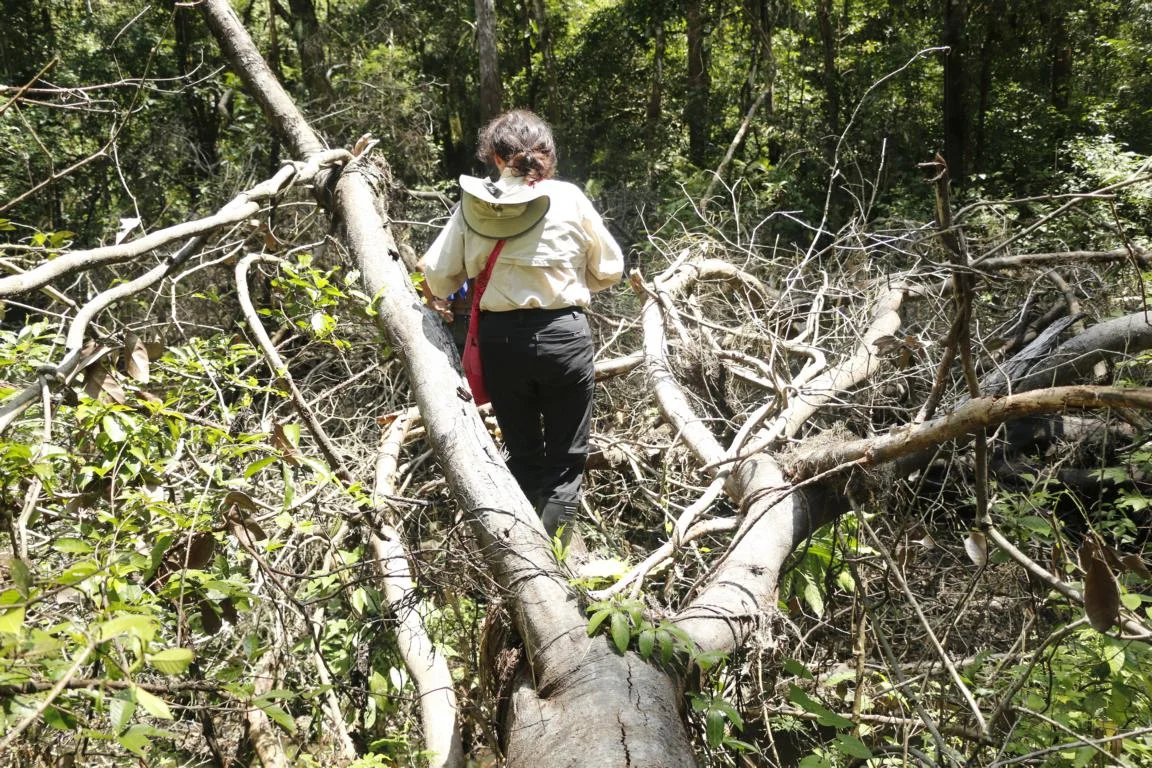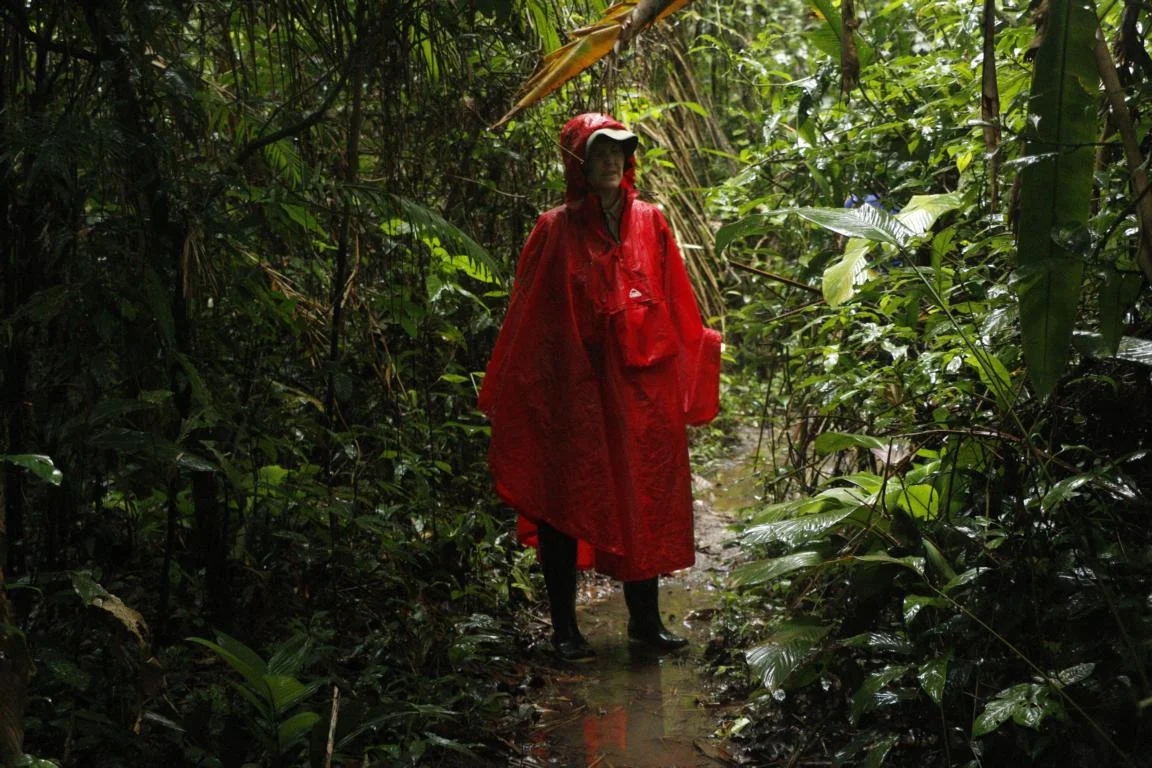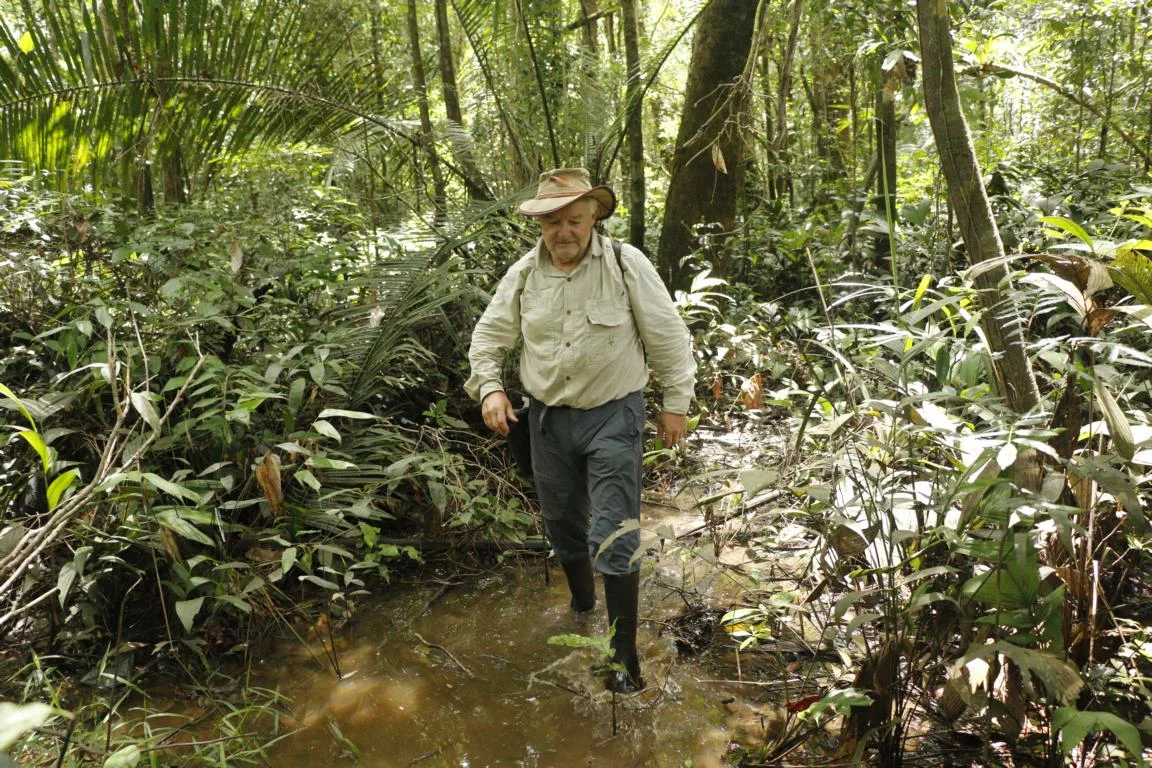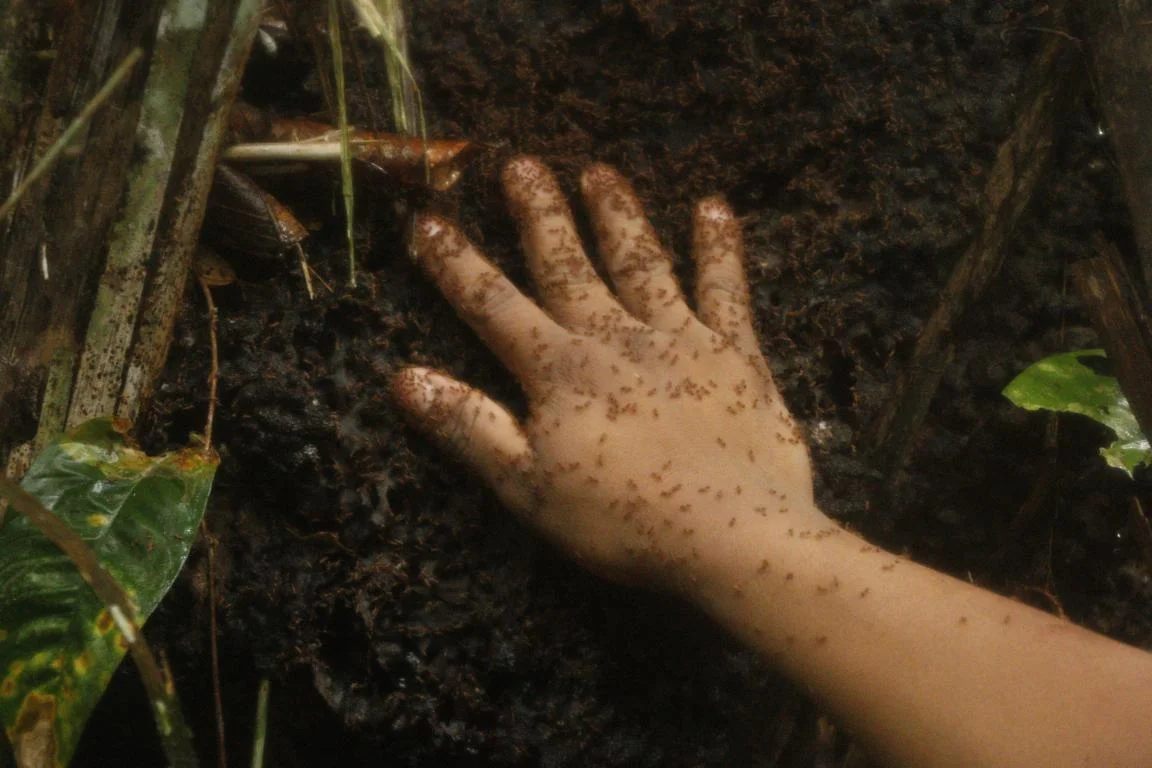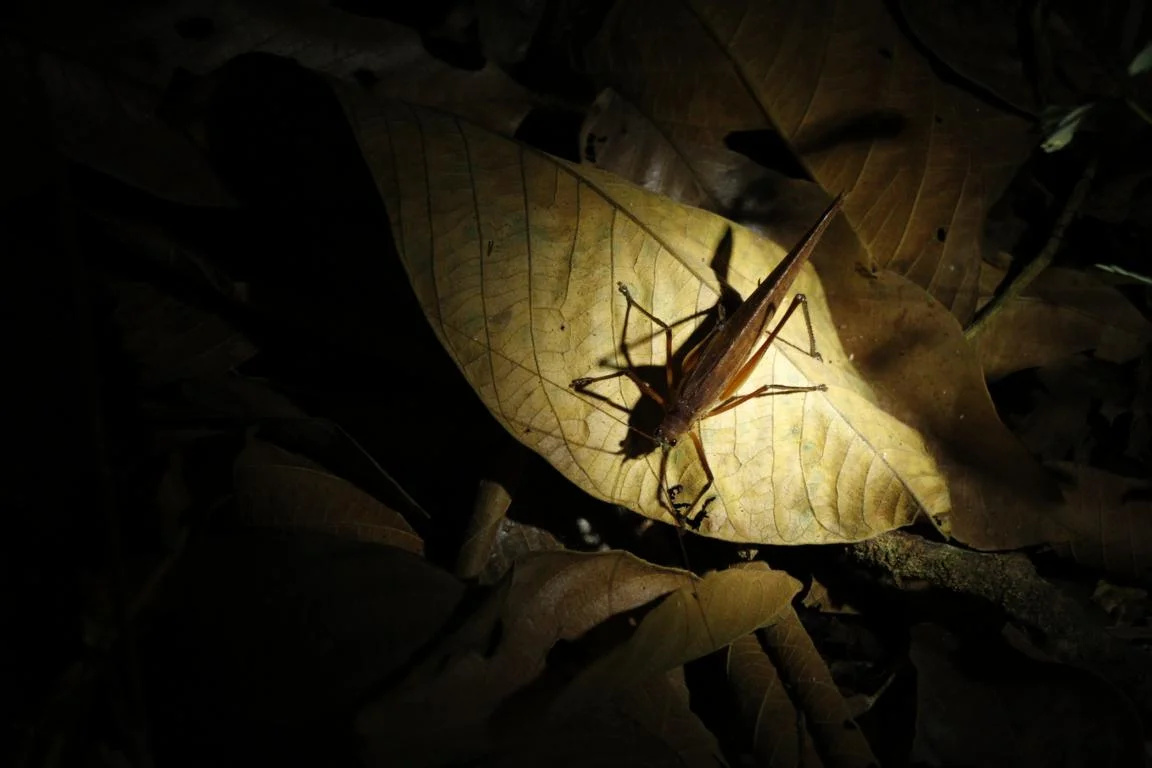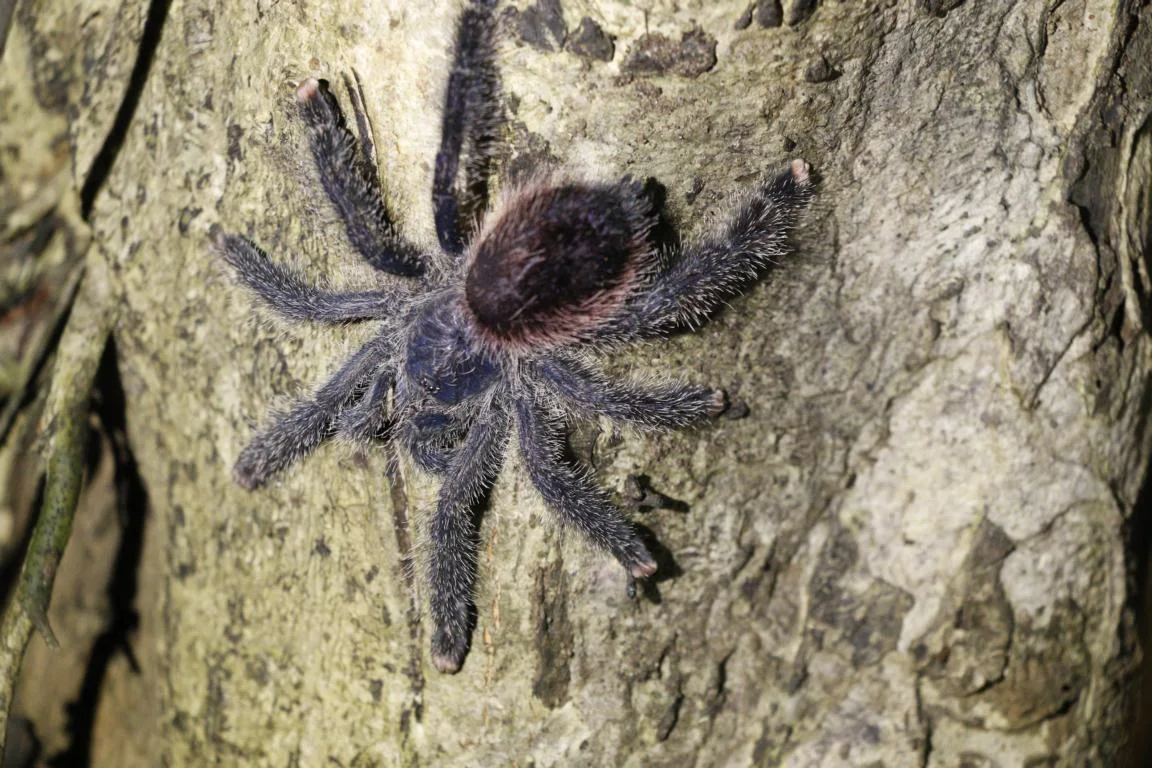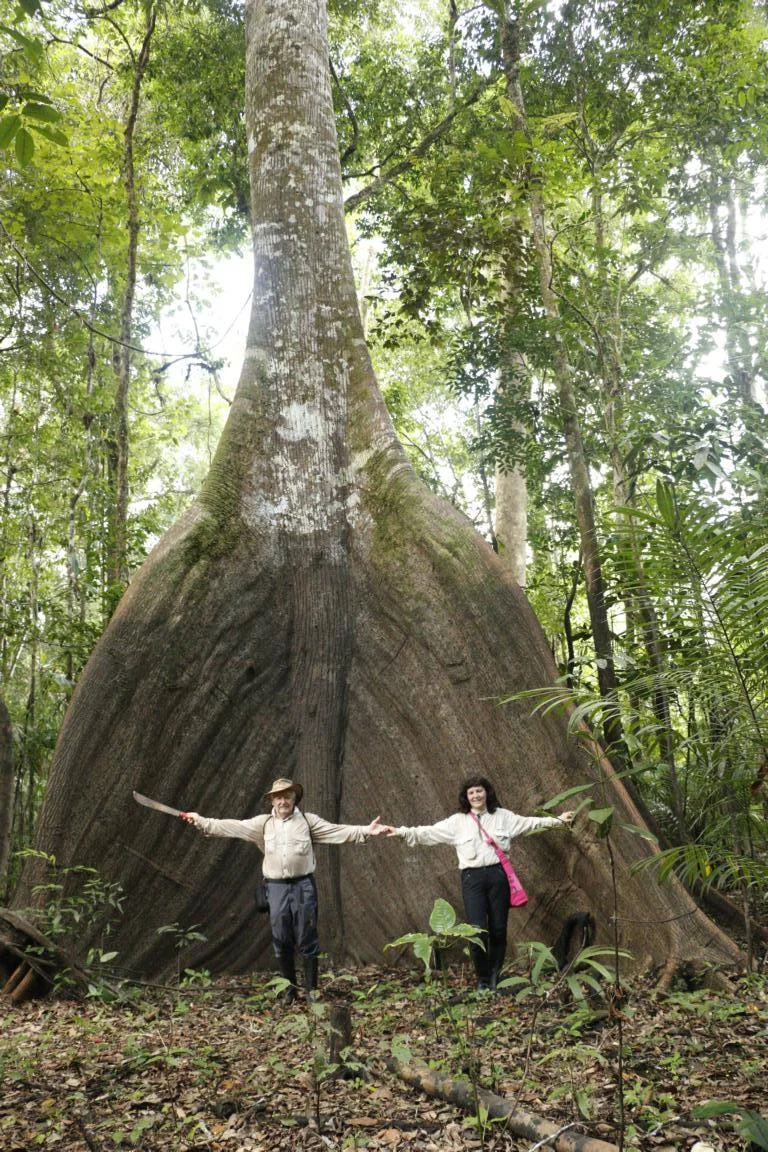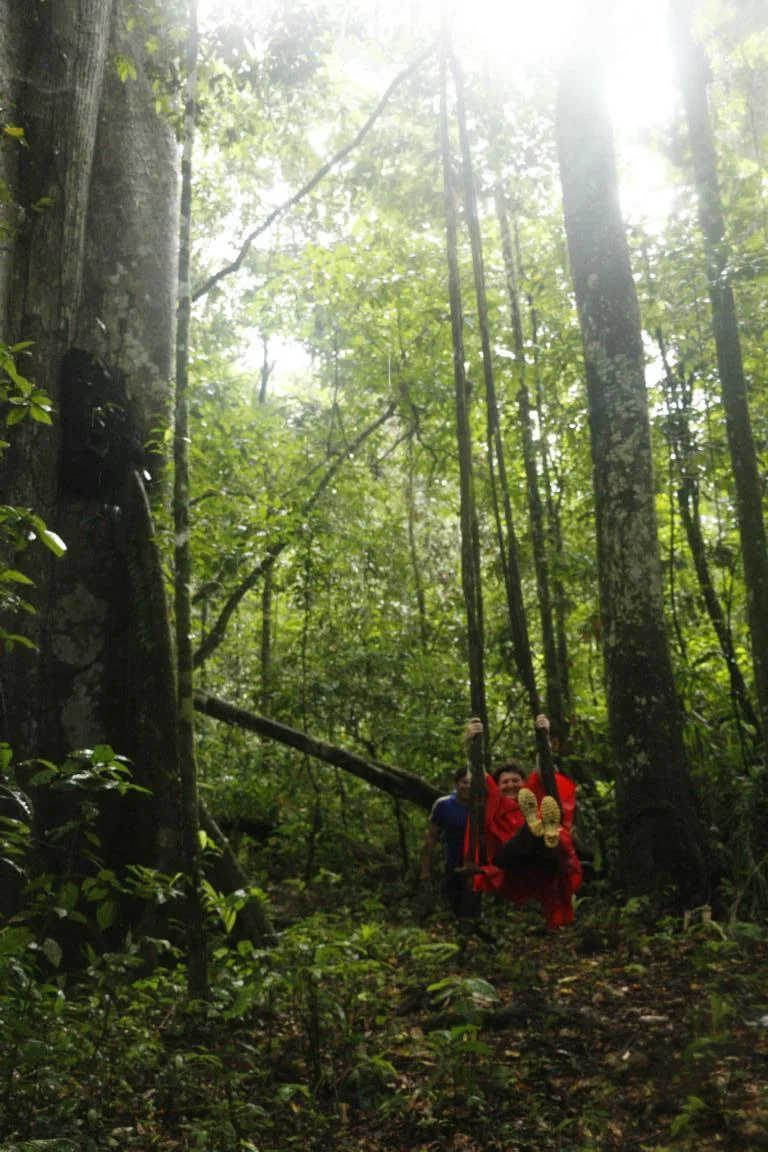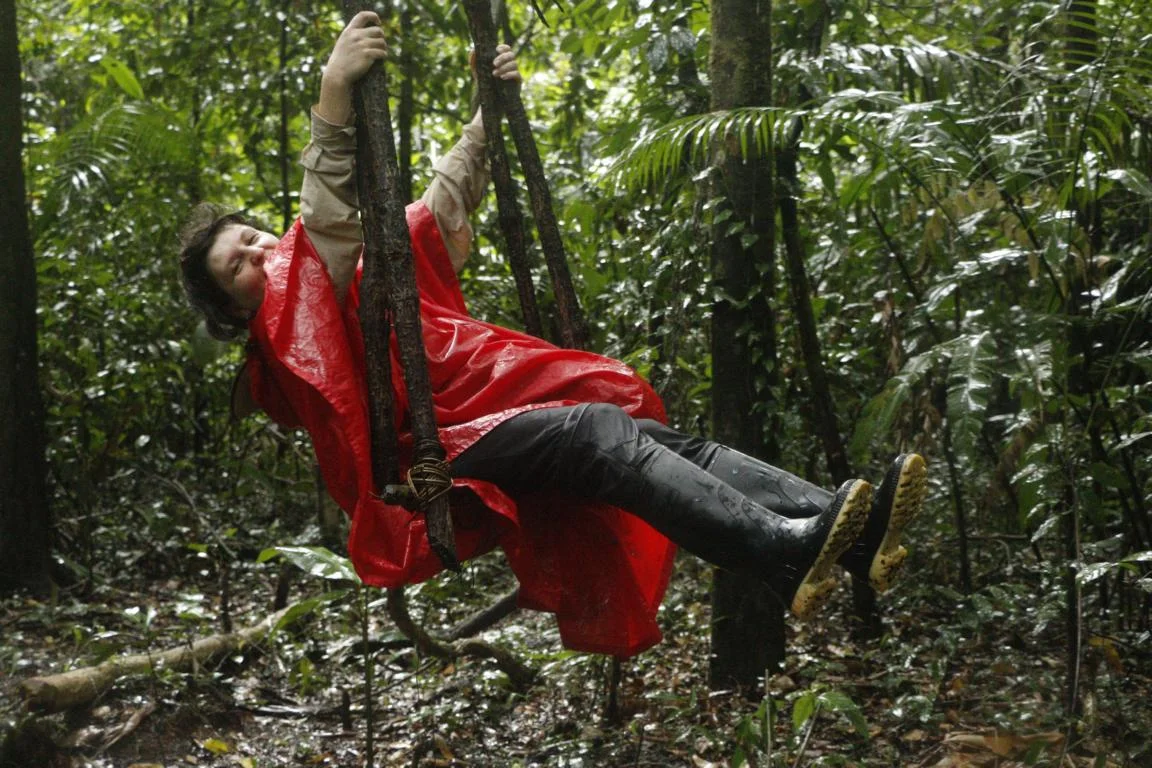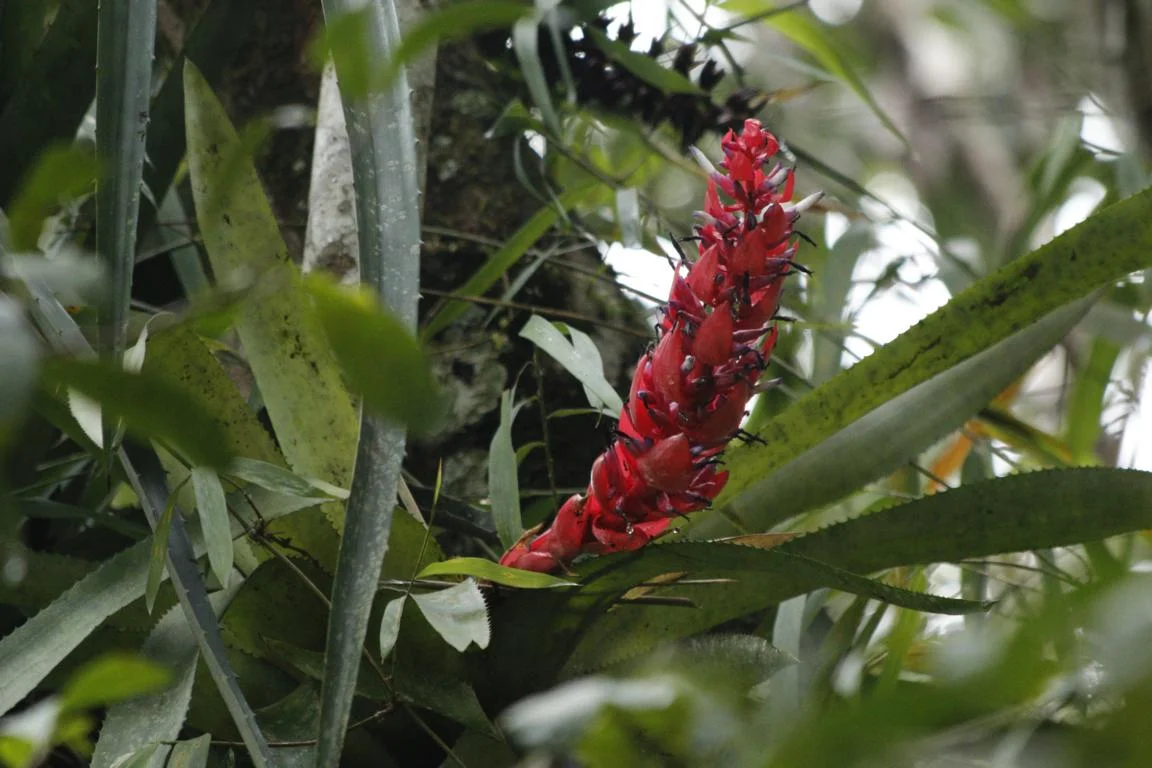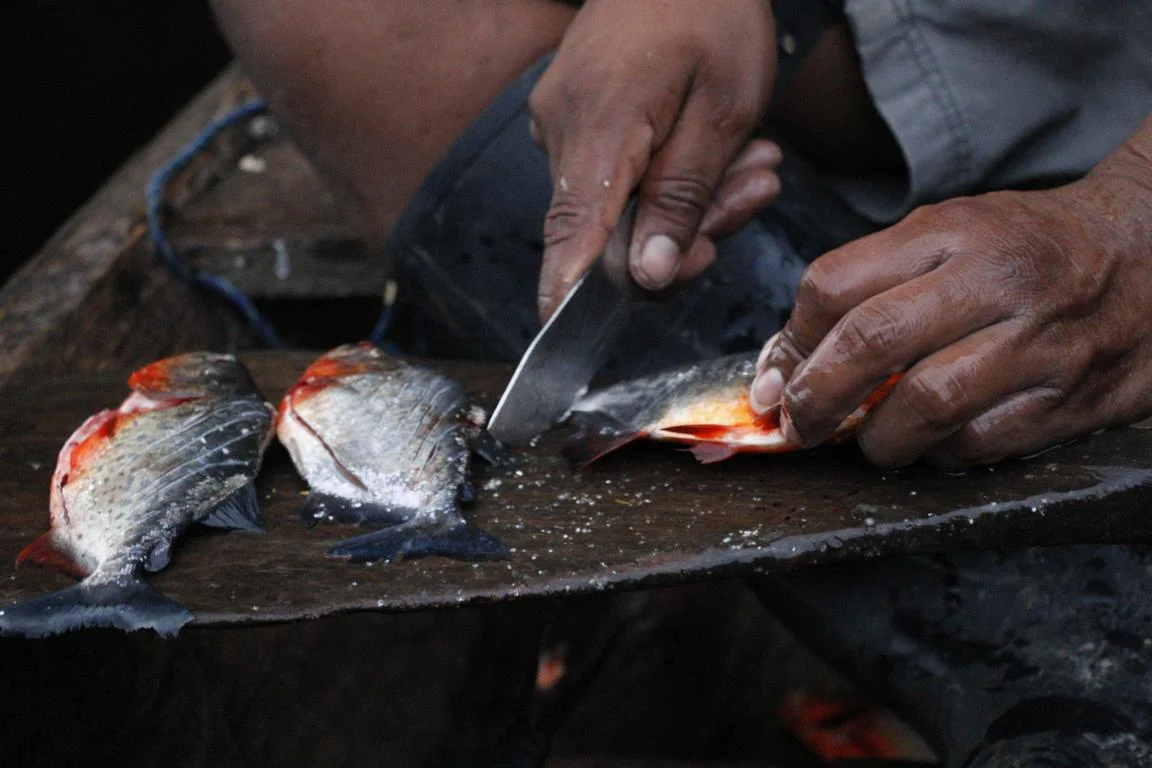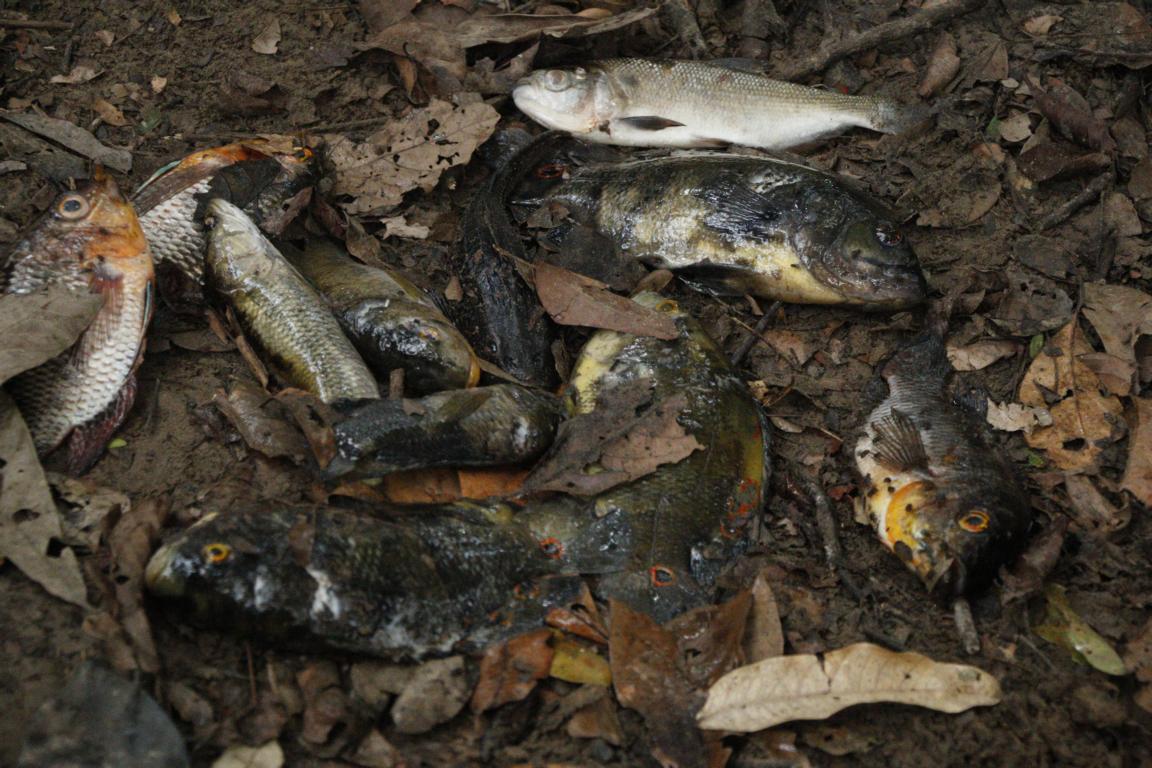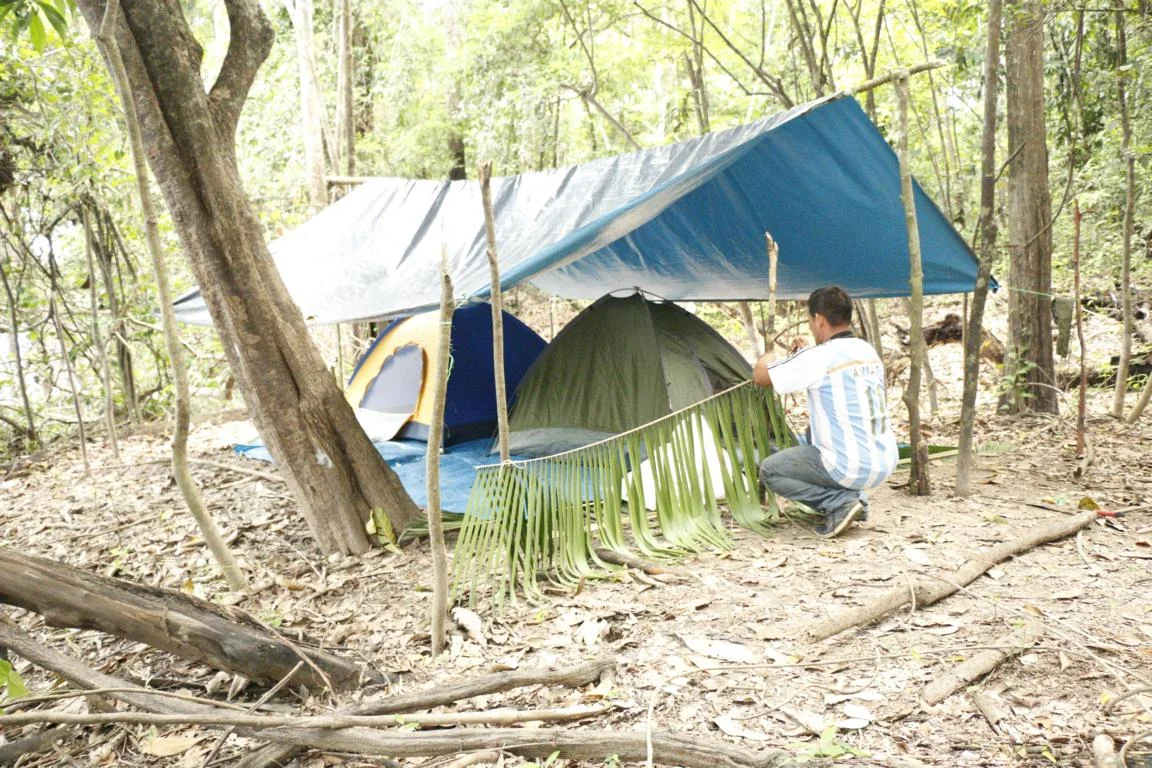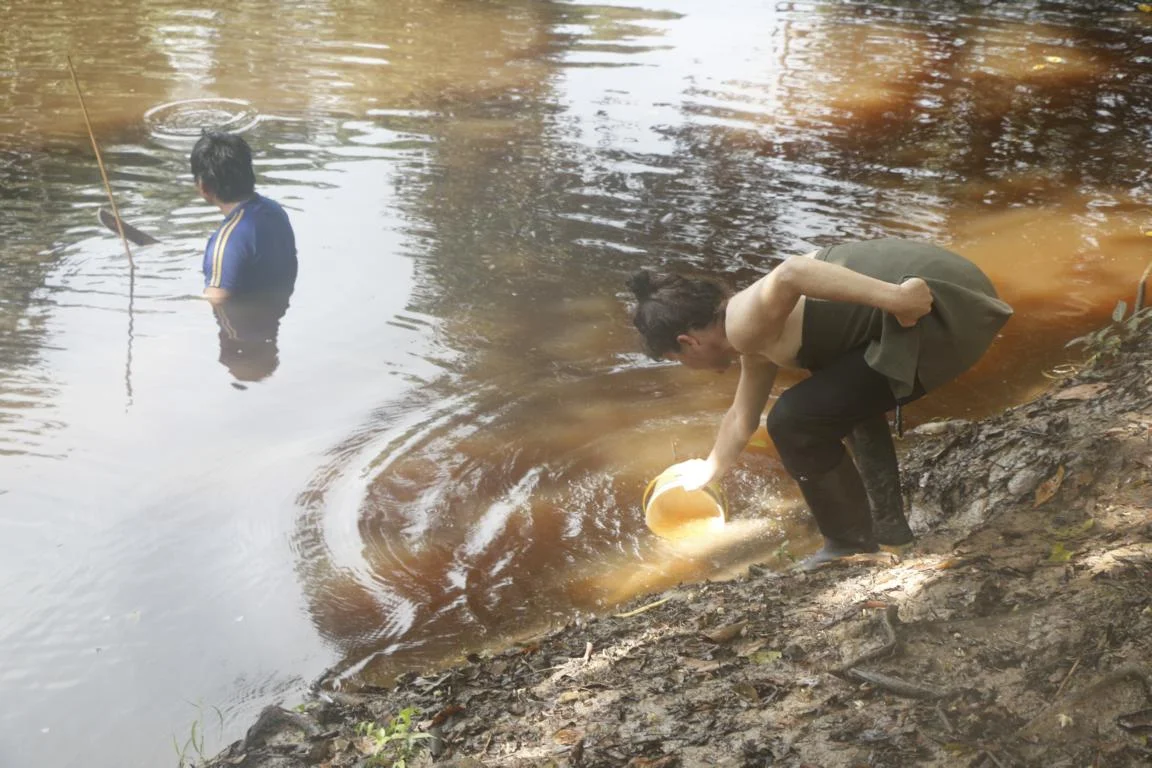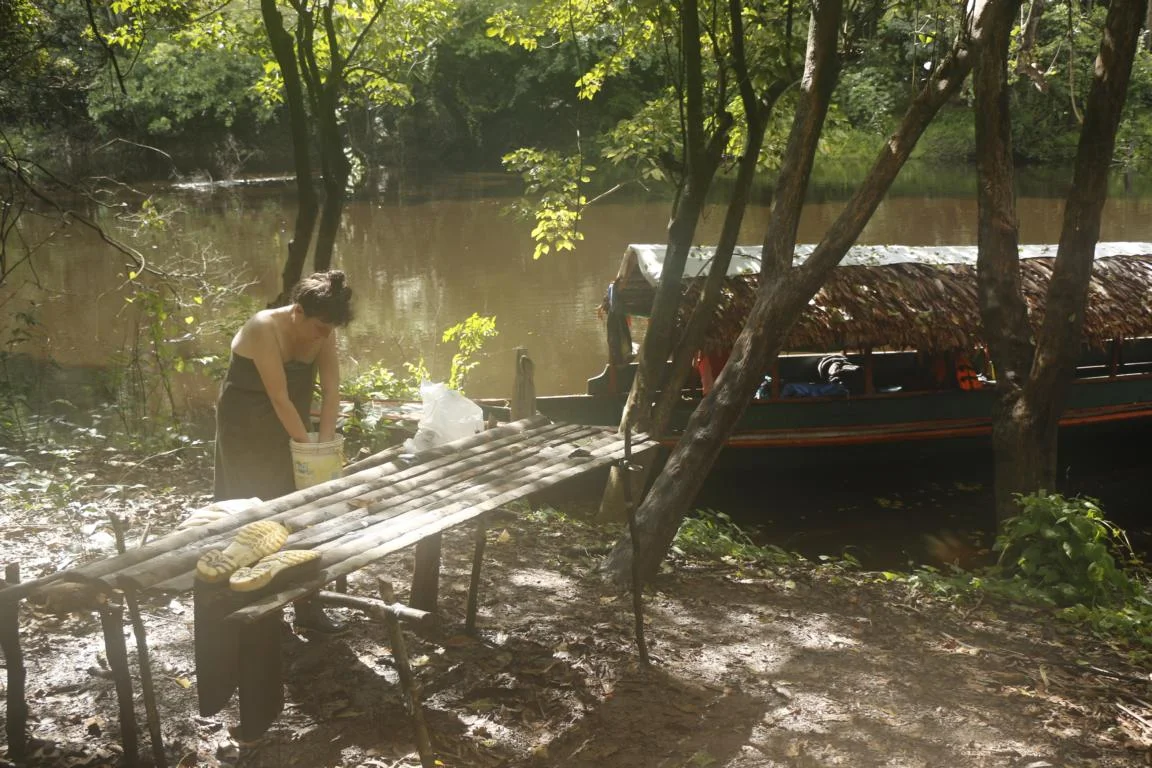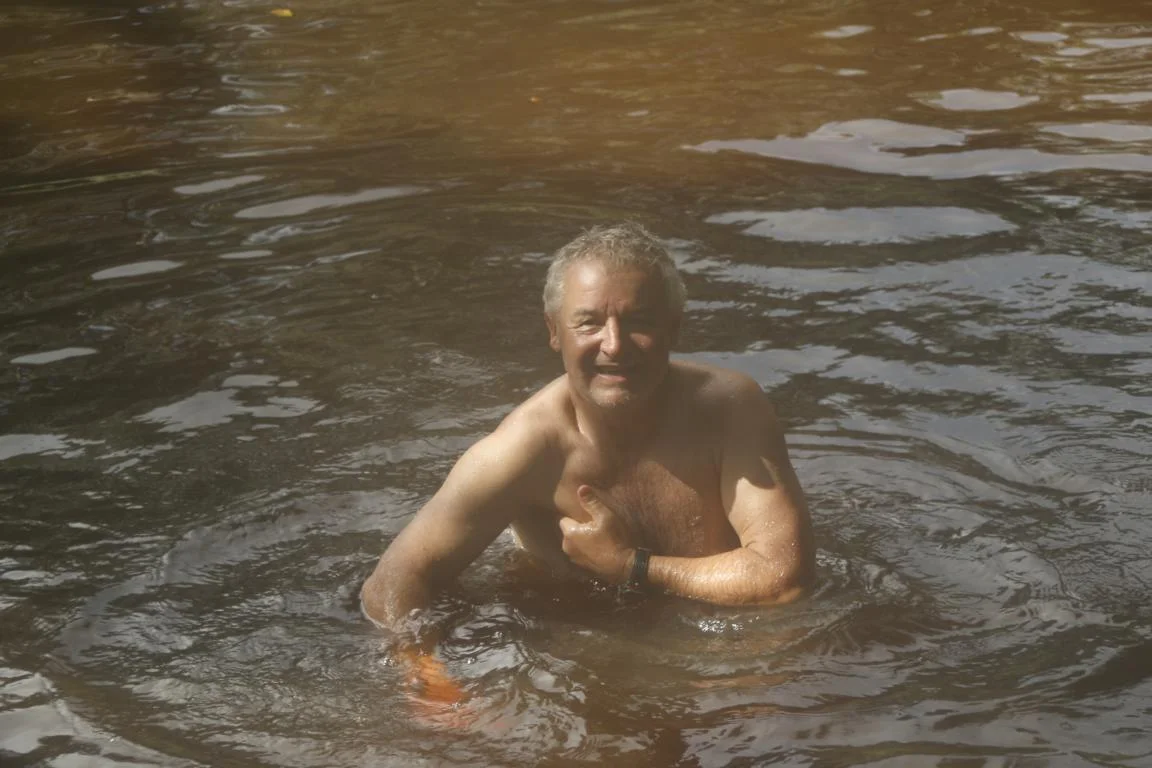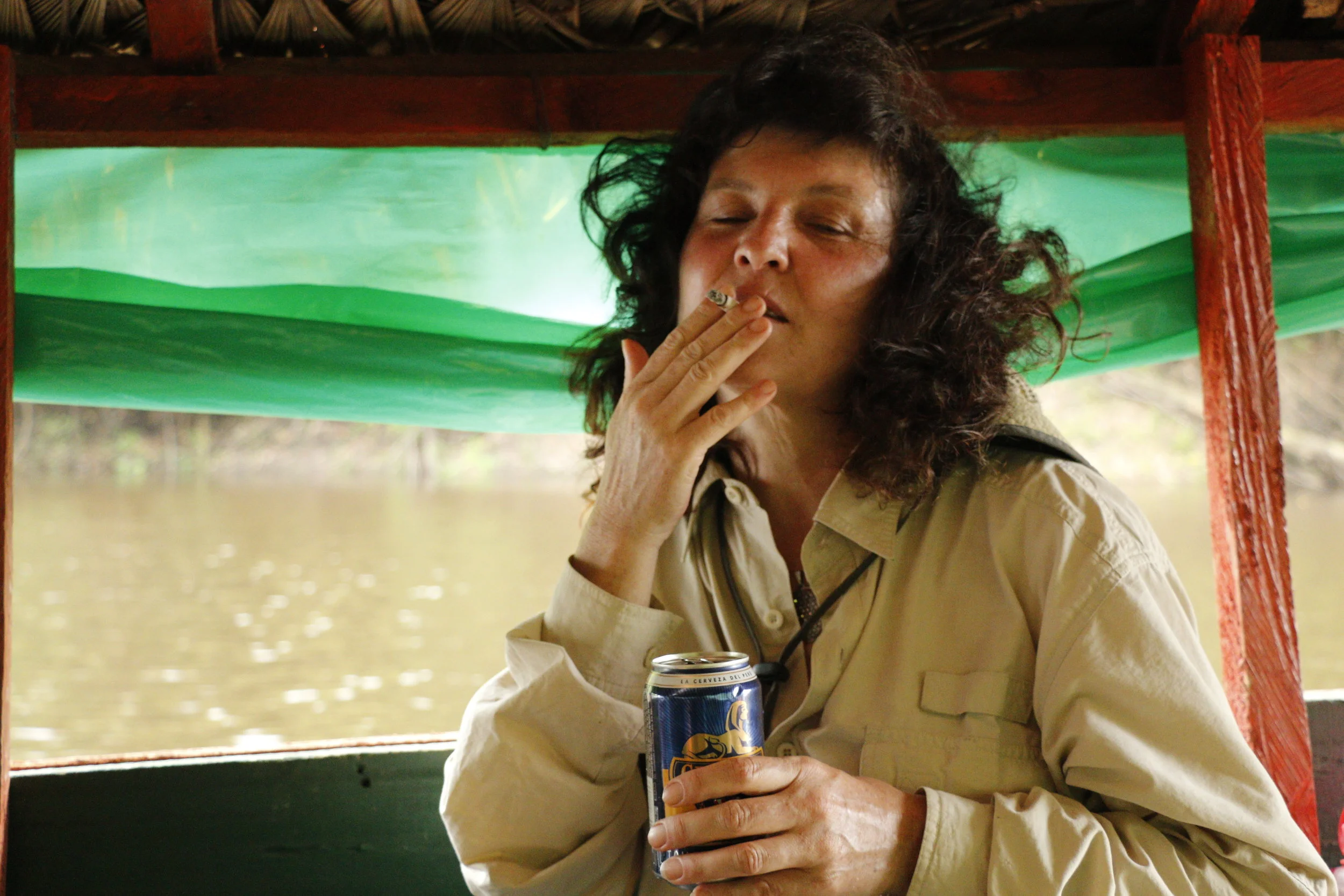Peru: Iquitos, Pacaya Samiria National Reserve, Nov 2017
The town Iquitos is located in north-east Peru deep in the Amazonas basin. With 470,000 inhabitants it is the biggest town in the world that cannot be reached by road, but only by air or boat. In the late 19th century for some 30 years Iquitos benefited from the rubber boom. Several old buildings (incl. an iron house designed by French architect Gustav Eifel) still give witness of this period.
The rubber boom only was possible once steamships linking Iquitos to the Atlantic. Iquitos is also the town where Peruvian rubber baron Carlos Fitzcarraldo had his base who’s entrepreneurial activities and love for operas provided the story for Werner Herzog’s film Fitzcarraldo.
Nightlife in Iquitos happens on the streets.
During the rainy period the water level of the Amazon, Nanay and Itaya rivers raise several meters. Houses in the downtown region are built either on stilts or as floating houses.
The Belen-market, several km long, is a major tourist attraction.
Unfortunately, in the market one also finds the meat of endangered species, e.g. turtles and caimans.
From Iquitos it is a two-hour drive by car to the small town Nauta from where we continued our travel by boat three hours upstream.
Buenos Aires is the name of a small village founded in 1975 which lays a few km inside the National Reserve Pacaya Samiria. People celebrated the 42nd anniversary with a football match.
The National Reserve Pacaya Samiria covers an area of 20,800 km2 and is rich in biodiversity. It gives home to 527 bird species, 102 mammal species (among them the pink dolphin), 69 species of reptiles, 58 species of amphibians, 269 fish species, and 1024 species of wild and cultivated plants (Wikipedia). During the rainy season 90 % of the Natural Reserve are flooded by water.
Ursula and I spent five days in the Natural Reserve and – using a motor-powered boat - travelled some 30 km upstream the Rio Pucate (the name means red water). The sediments transported by the river make the water a perfect mirror for reflecting the rain forest. During most of the trip we were accompanied by dolphins.
For the journey we used the service of a small local company http://www.amazongoldensnakeiquitos.com/ which allowed us to keep the program flexible. We would like to express our thanks to our two local guides - Landi and Eloy - who took excellent care of us during the whole trip.
For smaller trips we used a local paddle boat which allowed us to move silently through the jungle.
Some pictures of the many birds we saw during the five days.
Sloths are difficult to spot, particular as they move so slowly.
Monkeys were shy but curios.
At night Landi proved to be an excellent spotter of caimans and showed us how to hold them. Admittedly, it is a young one. The adult caimans will be several meters long.
Landi was equally skilled finding and catching anacondas. Being scared of snakes this young anaconda which we detected 150 m away from our tents was the first snake I every held in my hand. Anacondas grow up to 8m long.
On the third day we met three park rangers who captured a poacher with six turtles. We were invited to participate in the liberation and release of the turtles. The poacher had tied the turtles with lianas in order to prevent their escape. When leaving the National Reserve, we had to testify and record the release of the turtles.
We conducted several multi-hour day-hikes through the jungle. The tropical downpours made the hikes quite difficult. However, during the hikes and in the evening the most difficult thing to cope with were the mosquitos.
The local population produces an insect repellant by smashing termites and smearing the liquid over the skin.
Some animals seen during the night hikes.
These giant trees reach a height of up to 55 m and the roots have a scope of 30 m.
Many plants of the Amazon basin are used to produce medicine. The red syrup drawn from the Hubos tree is used to cure stomach diseases. The Cat Claw Pine tree not only holds lots of water but also is used to cure prostate problems.
Between the green of the rainforest we found several colorful blossoms.
The Rio Pucate is full of Piranhas which we tried to catch using self-made fishing rods. With their sharp teeth the Piranhas cut several of our fishing lines. However, at the end of the day we caught enough of them for our dinner.
Trusting our guides who claimed that piranhas would not attack us and that the great caimans are hiding we went for a swim. However, Ursula and I felt a bit uncomfortable feeling the constant nibbling by fish on our skin.
Landi also proved to be a dedicated spear-fisher. This method is particular effective at night when fish sleep in the shallow water and are easily to hunt. The catch of the night was our next day’s breakfast.
Our camps were simple: A plastic sheet on the ground, another one to provide shelter against the rain, two small tents and an improvised wall made out of palm leaves as protection against the wind.
There were not many options re maintaining hygiene: Either to use a bucket with river water or to jump in the river.
Cooking took place on the boat. Against all odds we had no problems with our stomachs.
Back in Lima enjoying a European breakfast in a local café and recovering from many mosquito bites.

I always was a non-smoker and Ursula has quit smoking six weeks ago but for posing in a Camel / Marlboro-style picture we were willing to make an exception.

